Equipment
Latest patent filings: An adjustable golf ball and more
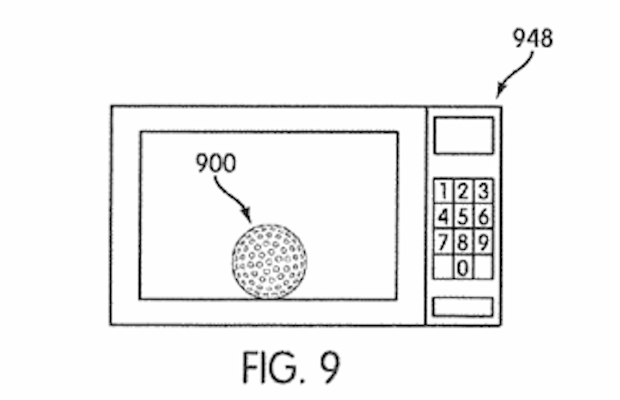
It’s been a little more than a month since we last had a look at the major OEM’s patent filings.
Last time we looked at designs from TaylorMade, Ping, Titleist, and Nike. In this installment, we have some truly interesting contraptions, including some inspired (or insane, depending on your view) efforts, including an adjustable golf ball.
We’ll also take a look at what Ping, TaylorMade, and Callaway are up to. Keep reading for our June survey of patent activity.
Ping: Driver
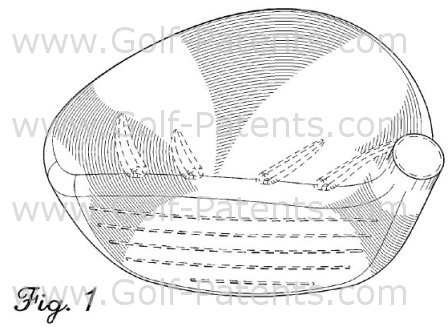
As David Dawsey of Golf-Patents.com writes, crown turbulators are a type of golf club technology that, in short, increase both club head speed and ball speed. In a study associated with another Ping club featuring turbulator technology, ball speed was more than 1 mph faster compared to an identical club sans turbulator.
Need more details? Check out the illustration and explanation below:
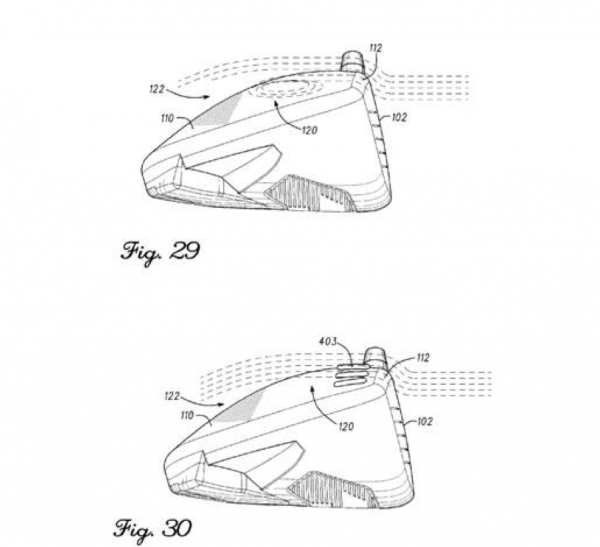
[0057] FIG. 29 shows a schematic view based on actual airflow visualization experiments of airflow over the club head 100 without turbulators, and FIG. 30 shows a schematic view based on actual airflow visualization experiments of airflow over the same club head with the turbulators 400. In FIG. 29, the streamlines representing airflow approach the club had 100 and are diverted over the club face toward the leading edge. The streamlines traverse over the leading edge 112 and flow over the crown 110. However, the airflow becomes detached from the crown 110 at the separation region 120, and creates a turbulent wake 122 over a substantial section of the crown 110. This turbulent wake 122 increases the drag thereby reducing the speed of the club head 100. Referring to FIG. 30, the ridges 401-408 are positioned downstream of the leading edge 112 and upstream of the separation region 120 of FIG. 29. Accordingly, the flow remains attached on a substantial portion of the crown 110 as is shown by the streamlines in FIG. 30. Therefore, the separation region 120 is moved farther aft on the crown 110.
Nike: Putter
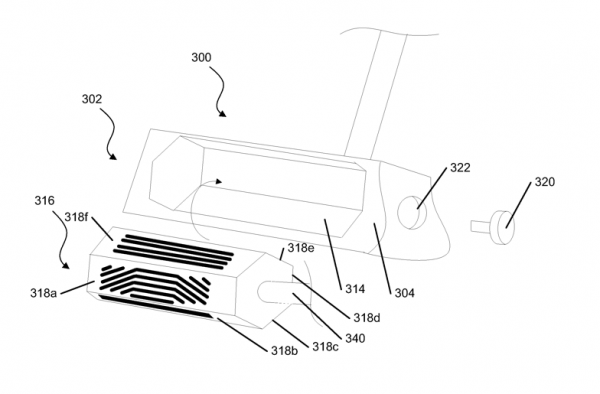
Nike was granted a patent May 29th for a putter with an adjustable face. In contrast to putters that have had various faces that a golfer could effectively snap in, Nike’s new design features an “adjustable ball striking face insert [that] may be rotatably mounted within the putter head.
Further, the filing indicates “in some arrangements, the insert may be finely adjustable to alter the loft angle of the putter head.”
TaylorMade: Club Face
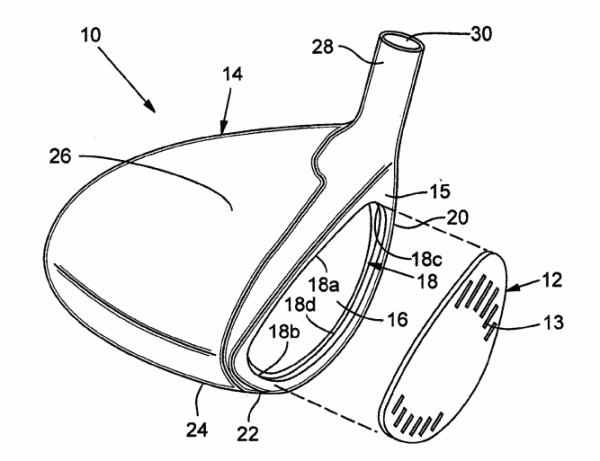
TaylorMade was granted a patent May 8th for a golf club “with cover having roughness pattern. As the filing states, “The face plate comprises a lay-up of multiple, composite prepreg plies.”
In other words, it seems a sublayer of the club’s face is, essentially, woven, in order to precisely control face thickness. The filing indicates past difficulty with variable-thickness composite plates and presents TMag’s fiber technology as the solution.
Detail of the face structure below.
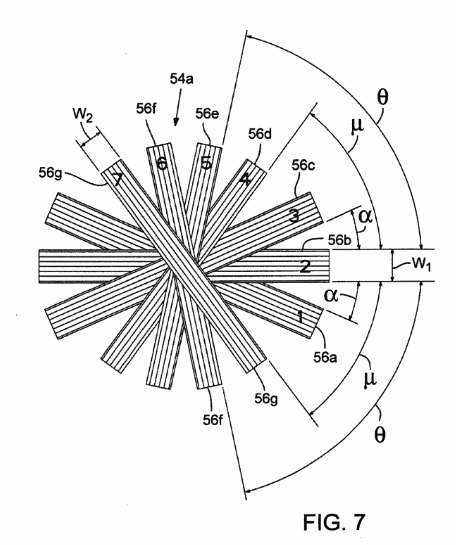
Callaway: Adjustable Shaft/Hosel
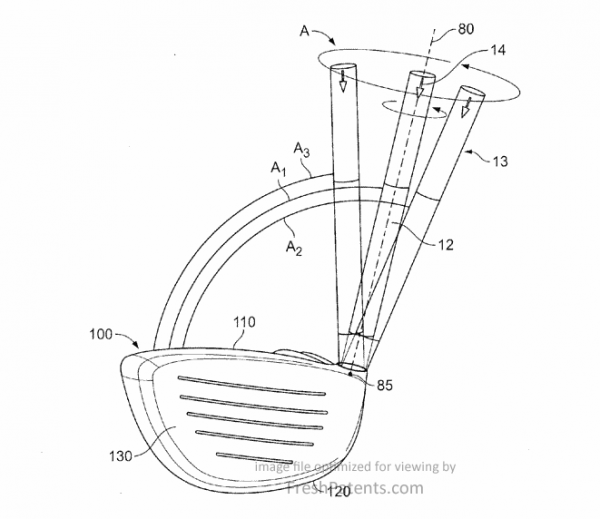
According to a recent filing, Callaway is exploring “An adjustable shaft and hosel assembly allows for dependent and independent adjustment of a golf club’s face angle, loft angle, and lie angle.”
The filing lays out in great detail the ways in which technology in question allows greater adjustability than current adjustable drivers.
Ping: Club Face Plates
Ping has been granted a patent for “golf club face plates with internal cell lattices and related methods.” This seems similar to the TaylorMade layered face mentioned earlier.
This from the filing indicates the concern with mass redistribution that all manufacturers share: “The ability to alter or redistribute mass at or around locations of high stress and/or of limited thickness in a golf club head, however, has to be balanced with respect to structural resilience considerations.”
If the previous indicates areas of concern, then this portion of the filing suggests the upside in such technologies: “Considering the above, further developments in terms of weight redistribution will advance the playability characteristics of golf club heads.”
Nike: Adjustable Golf Ball
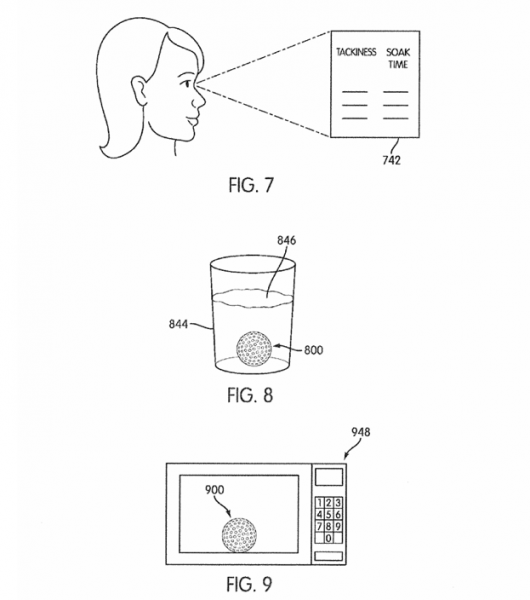
This is a real thing: Nike is developing a “golf ball with adjustable tackiness.” The filing also contains some of the greatest patent sketches of all time, including a golf ball in a microwave.
For the how and why of adjusting a ball’s tackiness, it’s worth quoting from the filing at length:
A golf ball is provided that includes a coating. The coating is designed to allow a golfer to modify or increase the tackiness of the coating. The coating changes tackiness when exposed to a soaking material. A method of determining a desirable length of soak is also disclosed.
Golf balls as typically constructed usually cannot be modified by the user to change their properties. In some cases, the lack of modifiability is due to a desire to prevent the user from changing the ball’s properties in such a way that they no longer conform to USGA regulations. However, in other cases, it may be desirable to allow a user to modify the properties of the golf ball to enhance play, particularly when the ball is not being used in a competitive environment.
Among the obstacles that are faced by golfers is moisture on the course. Often the moisture takes the form of dew or rain on the grass and rain or other precipitation falling from the sky. This moisture can wet the ball and the club face. When there is moisture between the ball and club, the ball is likely to slip while in contact with the club more than when golfing in a dry situation. This slipping may cause the ball to have reduced spin after impact and may otherwise negatively affect the flight path of the ball.
In addition, other changes to a golfer’s clubs may affect the degree of slip between the ball and the club. For example, if a new set of clubs is used, the surface of a new club face may have a reduced friction because it has not been used heavily and become abraded. Further, if a golfer begins to use a club with a different groove profile, the coefficient of friction of the club face may be reduced.
When these types of changes occur, it can cause a golfer to become flustered and mishit the ball to an even greater degree than caused by the equipment or conditions. Minimizing these effects may be helpful in the golfer having a pleasant golfing experience.
Accordingly, it may be desirable to provide a ball where the user can adjust the tackiness depending on the equipment and weather conditions.
Nike: Automatic Club Setting and Ball Flight Optimization
As though the microwavable ball isn’t outlandish (or perhaps brilliant) enough, Nike is also working on a golf club that adjusts automatically.
This filing, too, is worth quoting at length:
[The filing concerns] Systems, methods, and computer readable media for changing and controlling settings … Such setting adjustment systems may alter one or more of: lie angle, loft angle, face angle, shaft stiffness, shaft kickpoint location, weighting, weight positioning, face flexibility, maximum face flex location, etc.
These systems and methods may use various types of information to determine the appropriate settings, such as: ball launch monitor data, swing path data, weather input data, course condition input data for a location of play, course design input data for a location of play, daily course layout input data for a location and a time of play, golfer past performance data (e.g., recent past performance, past performances at the location of play, past performance during an ongoing round of golf (i.e., on earlier played holes), etc.), current adjustable club setting information, and information indicating specific holes to be played.
Callaway: Adjustable Driver
In a filing that shows the Big Bertha II design, Callaway also includes sketches of this club with an adjustable sliding weight that allows golfers to move the center of gravity low and forward (like TaylorMade’s SLDR driver) or low and rearward (like Ping’s G25 driver). This technology is significant because of its affect on a club’s moment of inertia, which is a measure of a club’s forgiveness.
The marketplace is currently divided between the benefits of a driver with a low and forward CG, which reduces spin and can allow for more carry distance and roll, and one with a rearward CG, which improves the consistency of ball speed on off-center hits and leads to a higher launch, given the same loft. With this technology, a golfer could fit themselves to a blend of low-spin performance and forgiveness that makes sense for their game at that time.
- LIKE0
- LEGIT0
- WOW0
- LOL0
- IDHT0
- FLOP0
- OB0
- SHANK0
Whats in the Bag
Daniel Berger WITB 2024 (April)
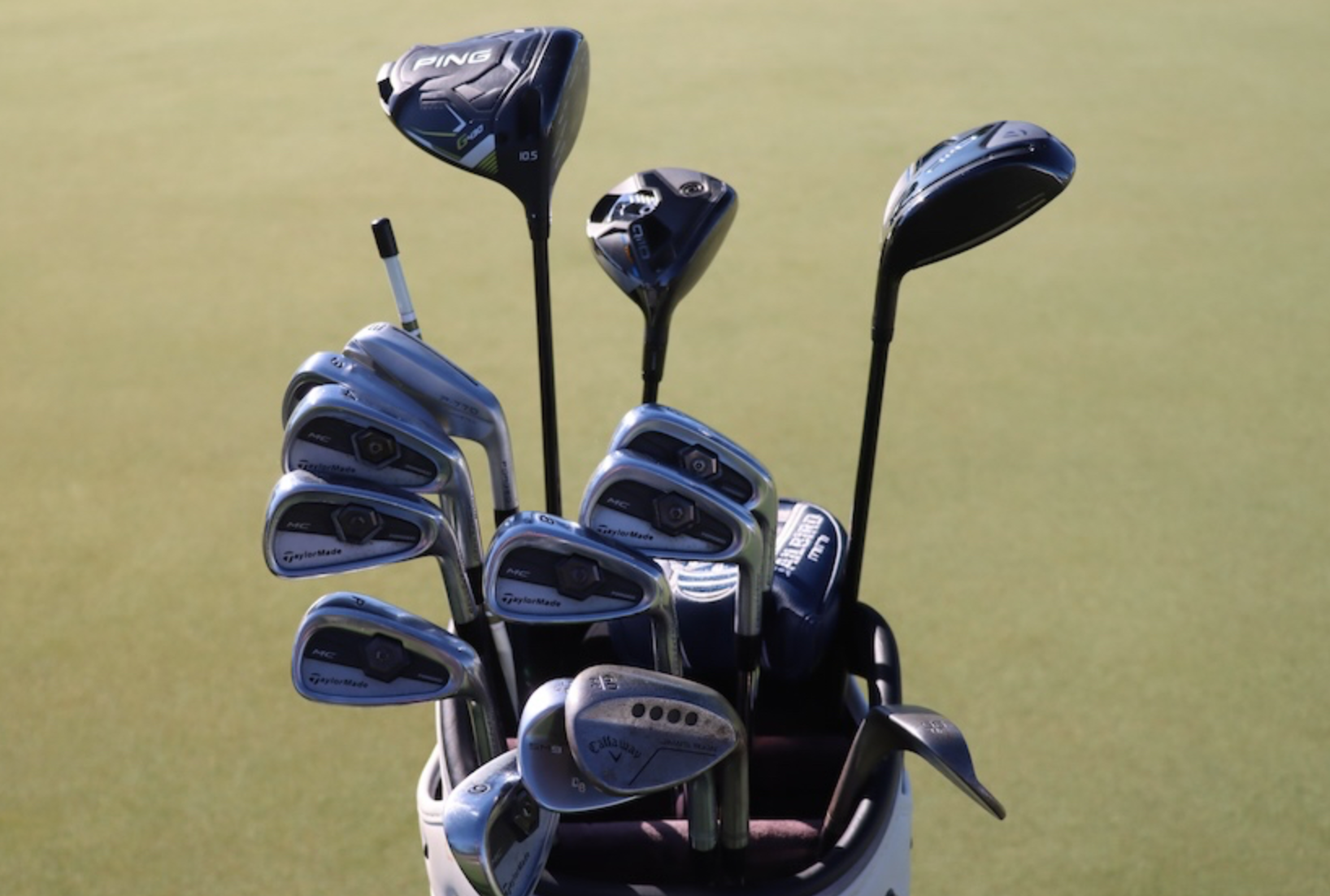
- Daniel Berger what’s in the bag accurate as of the Farmers Insurance Open. More photos from the event here.
Driver: Ping G430 LST (10.5 degrees)
Shaft: Fujikura Ventus Black 6 X
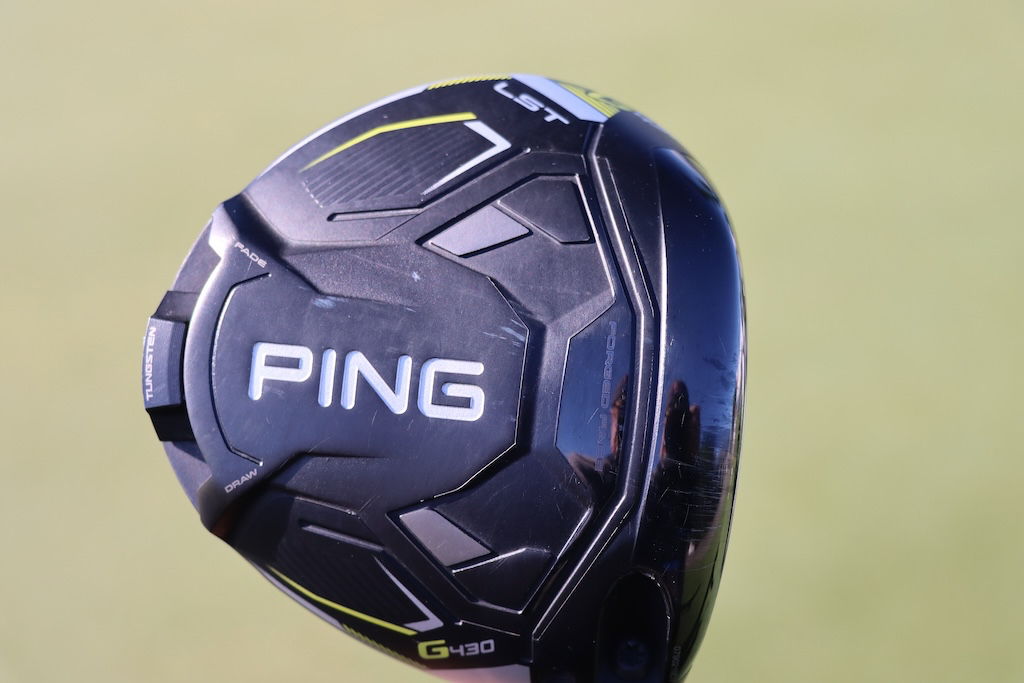
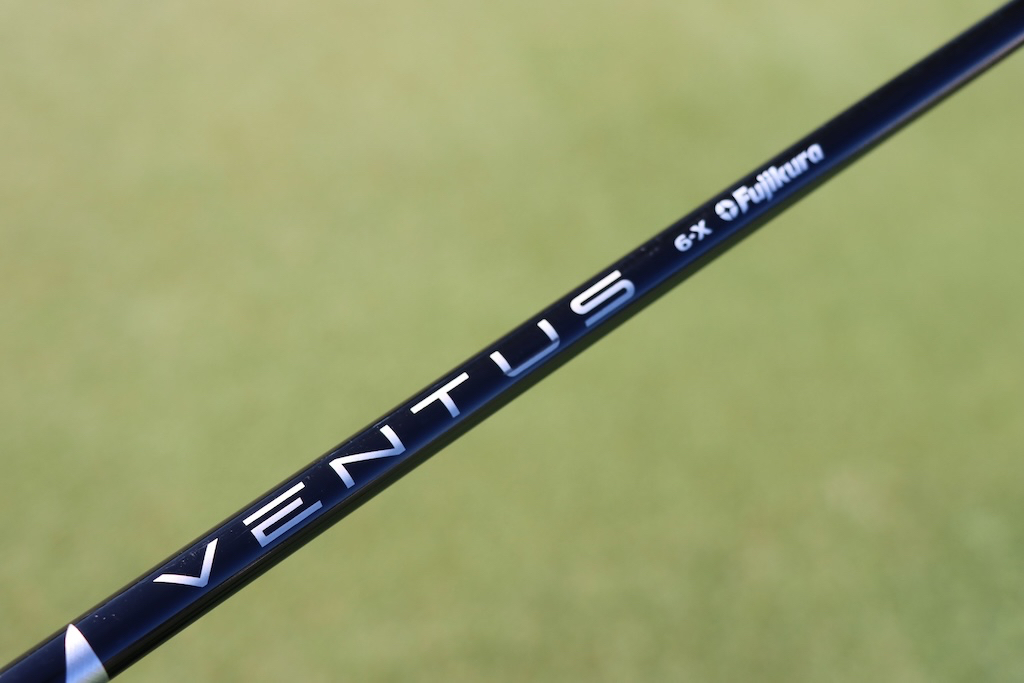
3-wood: TaylorMade Qi10 (15 degrees)
Shaft: Fujikura Ventus Black 7 X
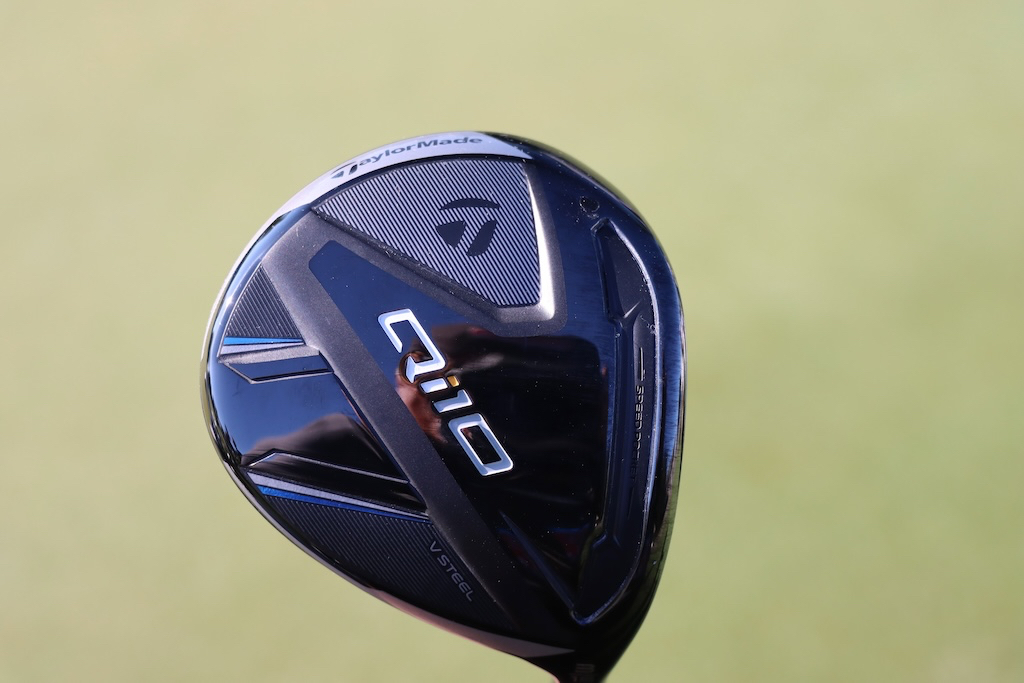
6-wood: TaylorMade Qi10 Tour (21 degrees)
Shaft: Fujikura Ventus Black 8 X
Irons: TaylorMade P770 (3), TaylorMade Tour Preferred MC 2011 (4-PW)
Shafts: Project X Denali Blue 105 TX (3), Project X 6.5 (4-PW)
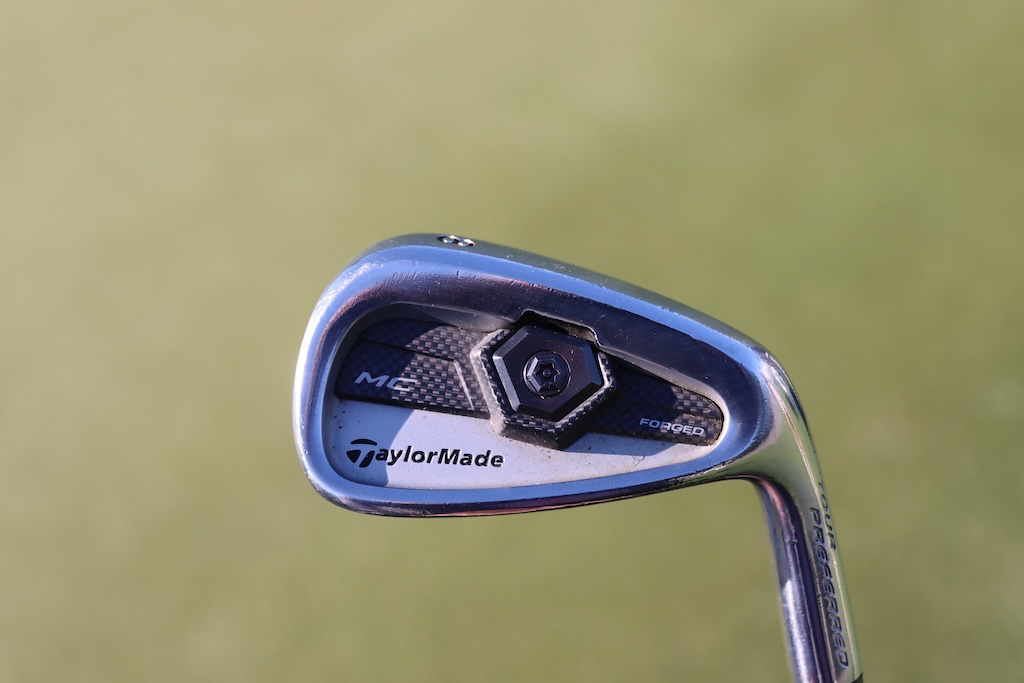

Wedges: Titleist Vokey Design SM9 (50-12F), Titleist Vokey Design SM10 (56-14F), Callaway Jaws Raw (60-08C)
Shafts: Project X 6.5 (50), True Temper Dynamic Gold Tour Issue S400 (56, 60)
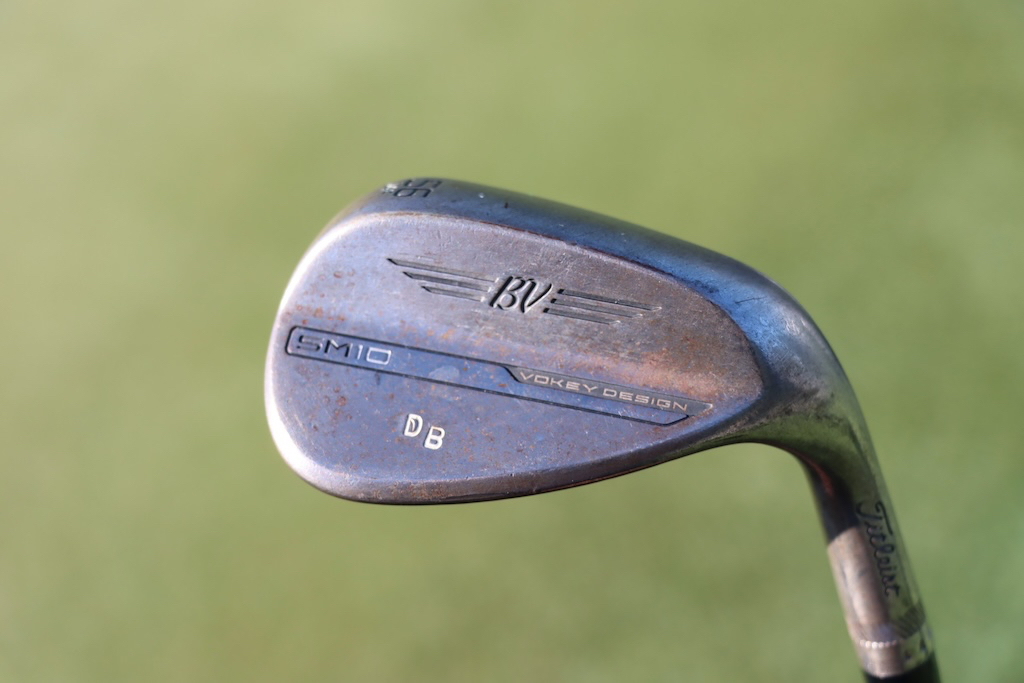
Putter: Odyssey Ai-One Jailbird Mini DB
Grip: SuperStroke Zenergy PistolLock 1.0
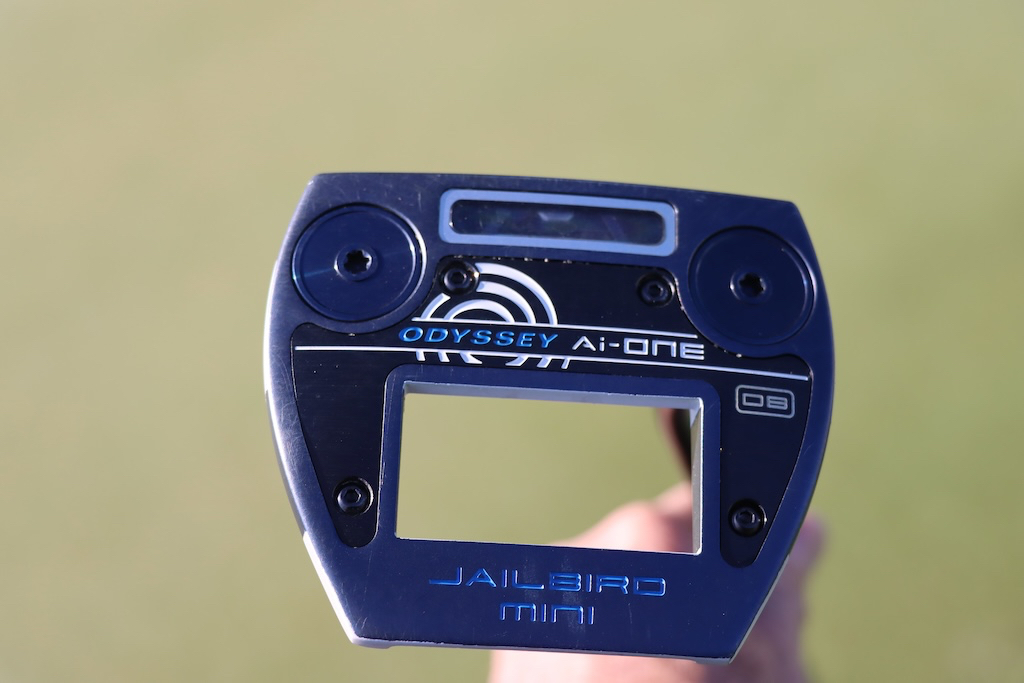

Grips: Golf Pride Tour Wrap
Ball: Titleist Pro V1
Check out more in-hand photos of Daniel Berger’s clubs in the forums.
- LIKE3
- LEGIT0
- WOW0
- LOL1
- IDHT0
- FLOP0
- OB1
- SHANK0
Equipment
Heavy Artillery: A look at drivers in play at the Zurich Classic of New Orleans
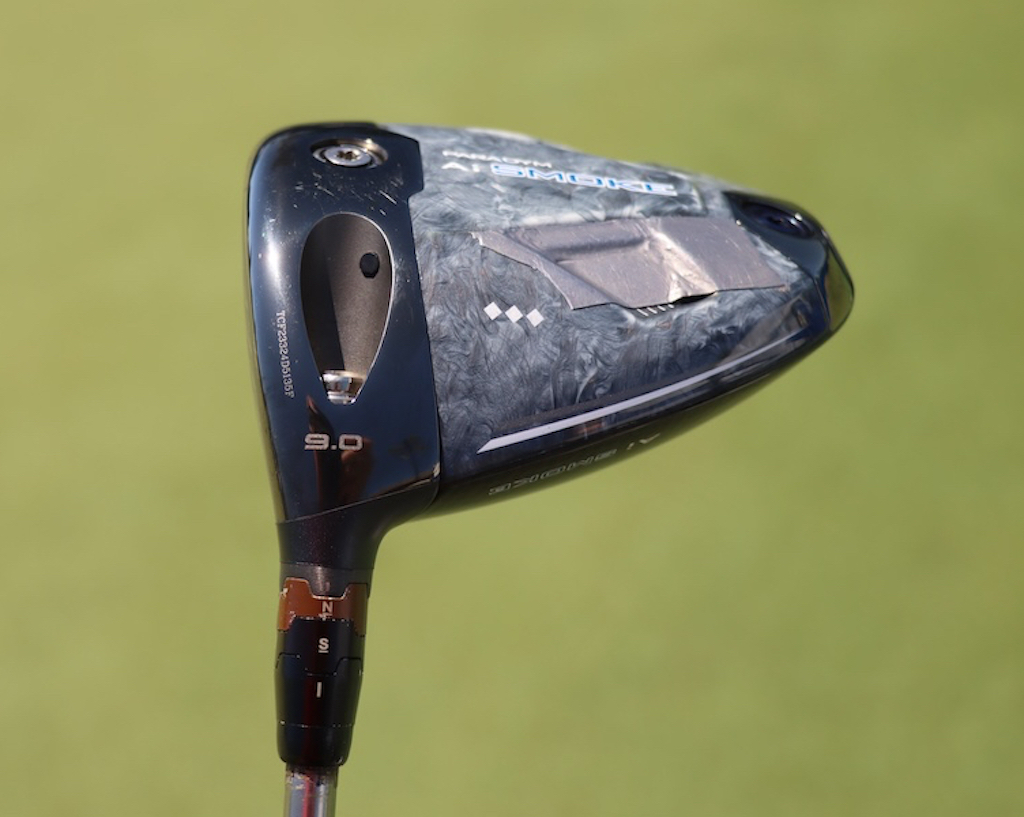
What are the driver and shaft combinations of the best golfers in the world? For gearheads, it’s an endlessly interesting question — even if we can only ever aspire to play LS heads and 7 TX shafts.
At this week’s Zurich Classic of New Orleans, GolfWRX got in-hand looks at the driver setups of a wealth of players.
Check out some of the most interesting combos below, then head to the GolfWRX forums for the rest, as well as the rest of our galleries from New Orleans.
Rory McIlroy
Driver: TaylorMade Qi10 (9 degrees @8.25)
Shaft: Fujikura Ventus Black 6 X
Grip: Golf Pride MCC
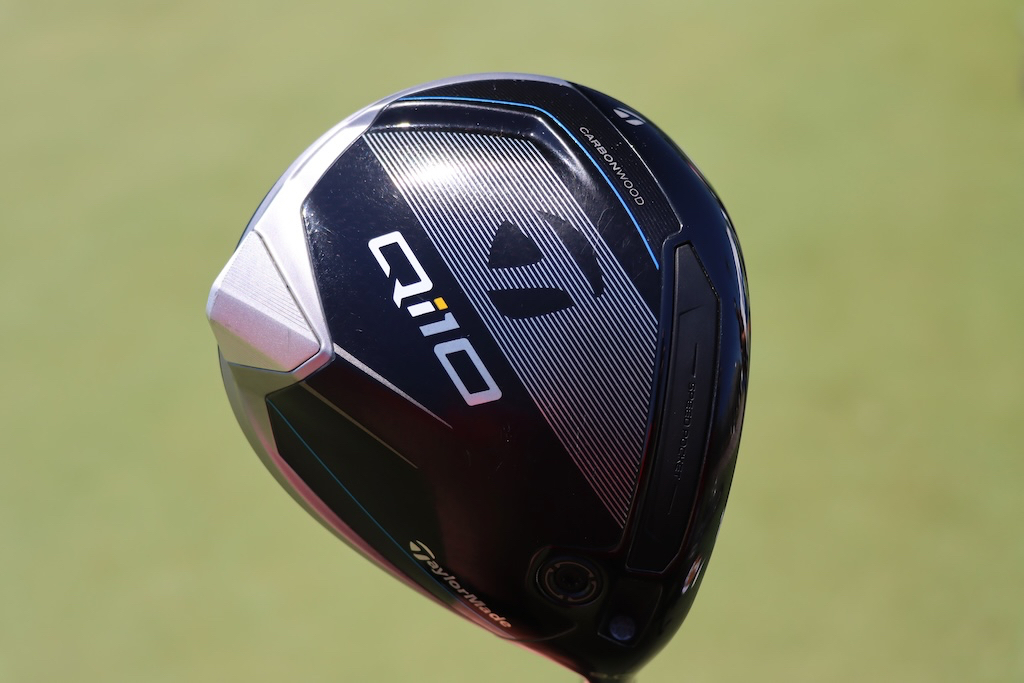
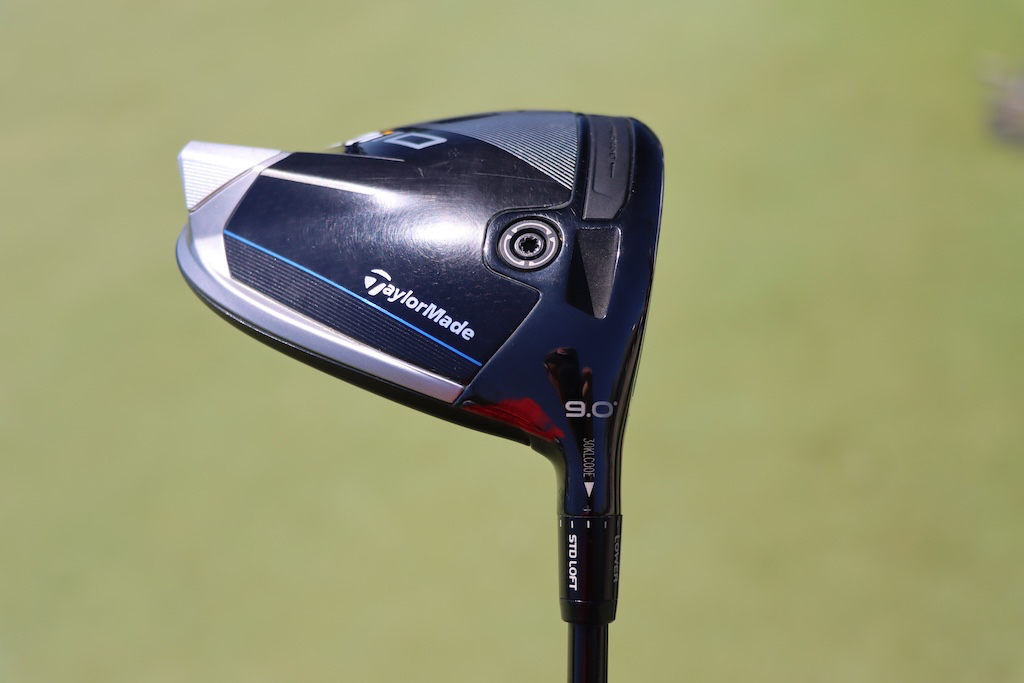
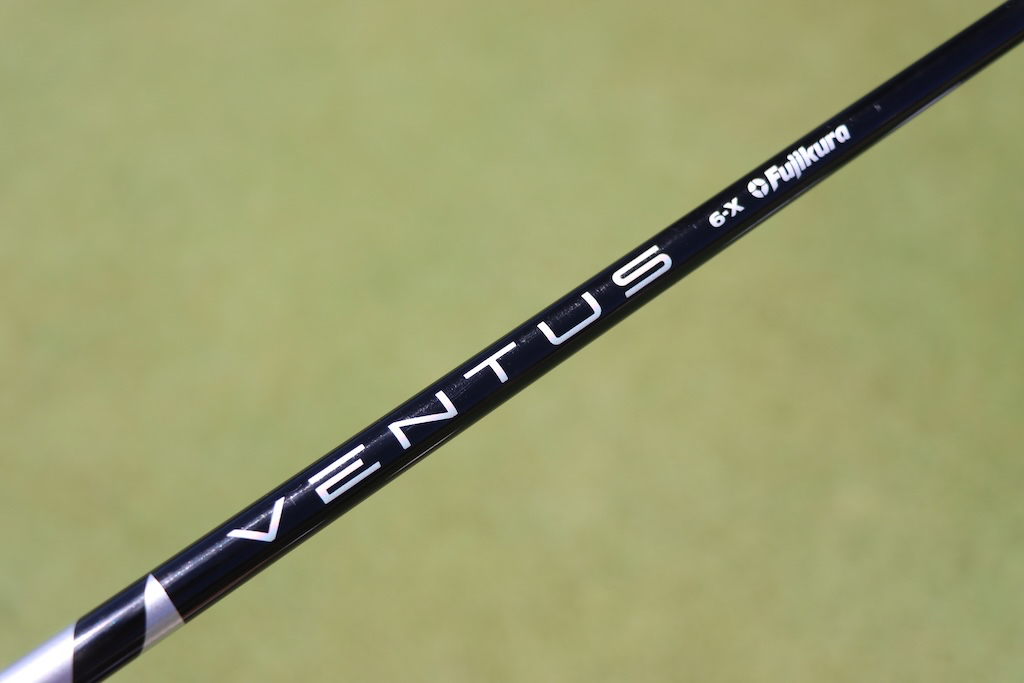

Alex Fitzpatrick
Driver: Ping G430 LST (10.5 degrees)
Shaft: Fujikura Ventus Black 6 X
Grip: Golf Pride MCC
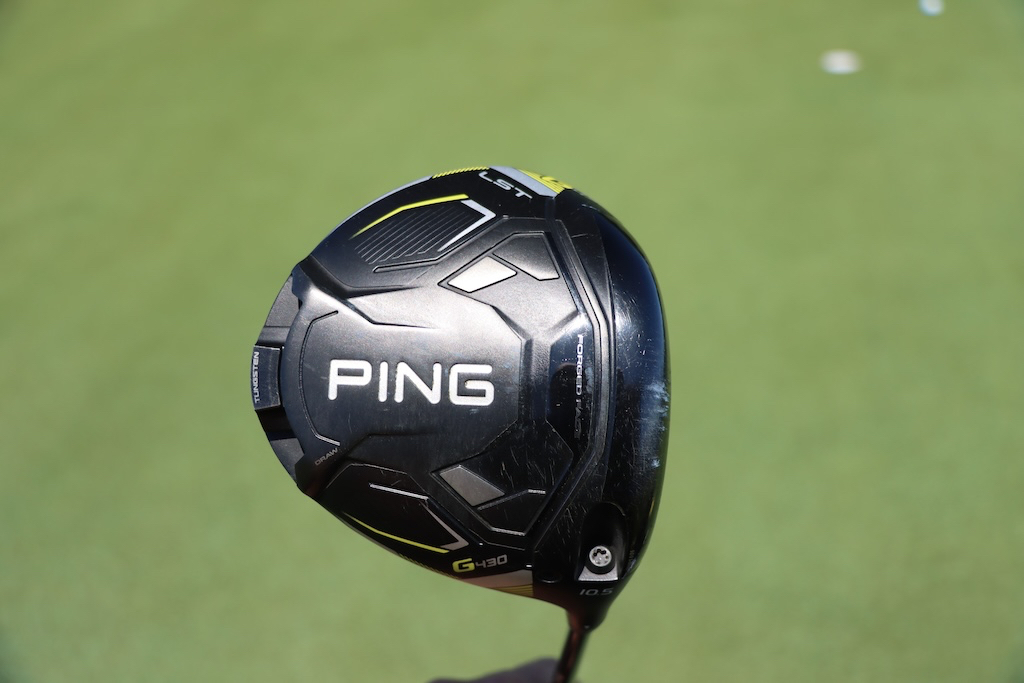
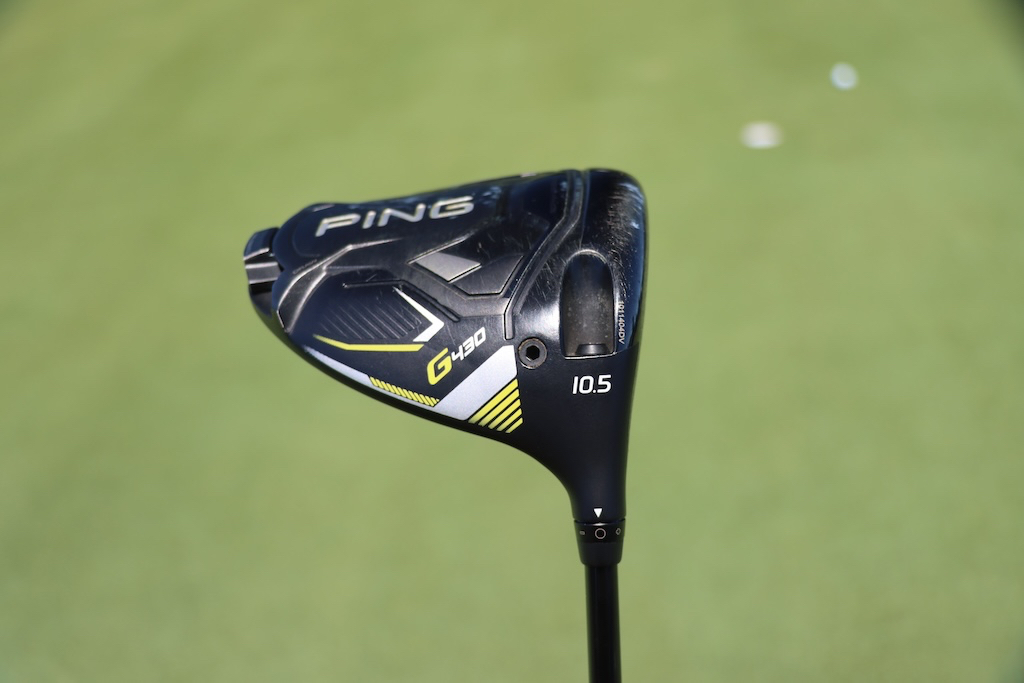

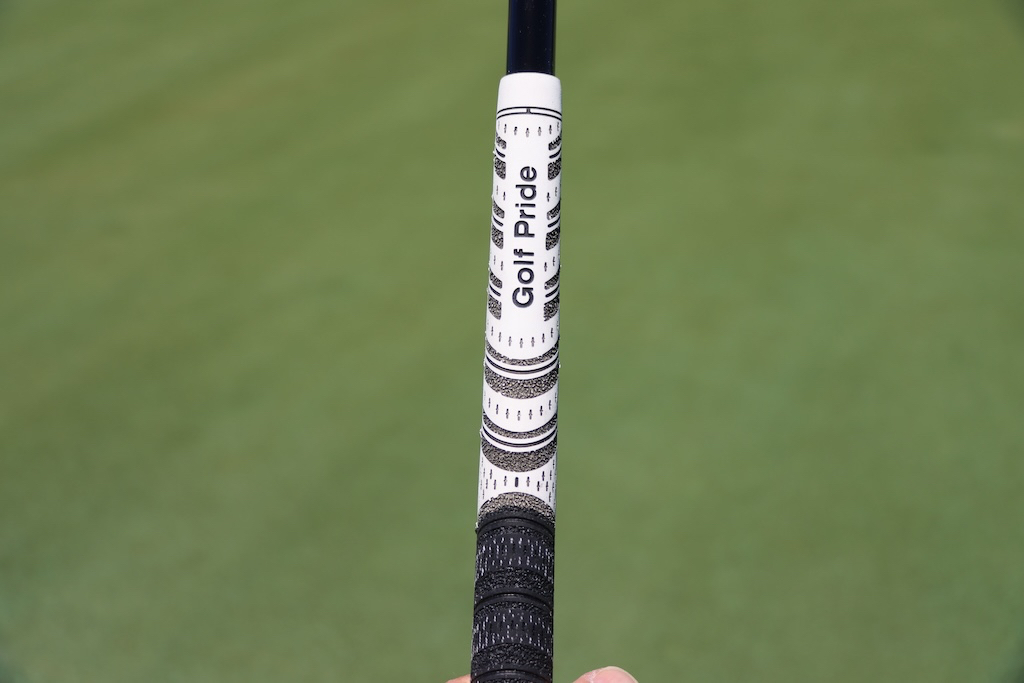
Daniel Berger
Driver: Ping G430 LST (10.5 degrees @9)
Shaft: Fujikura Ventus Black 6 X
Grip: Golf Pride Tour Wrap
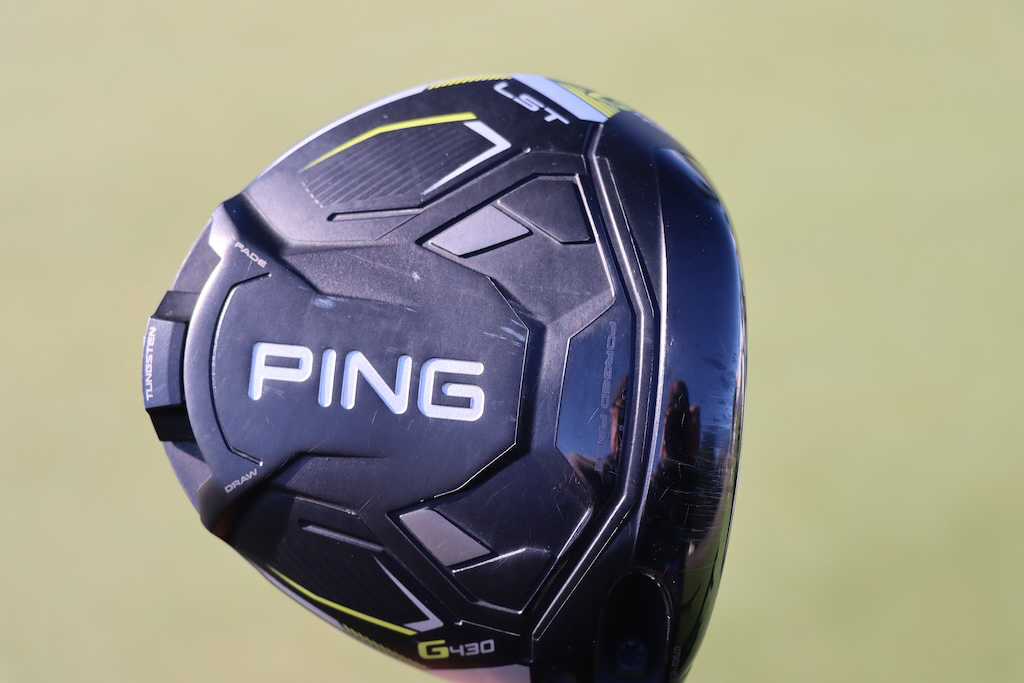
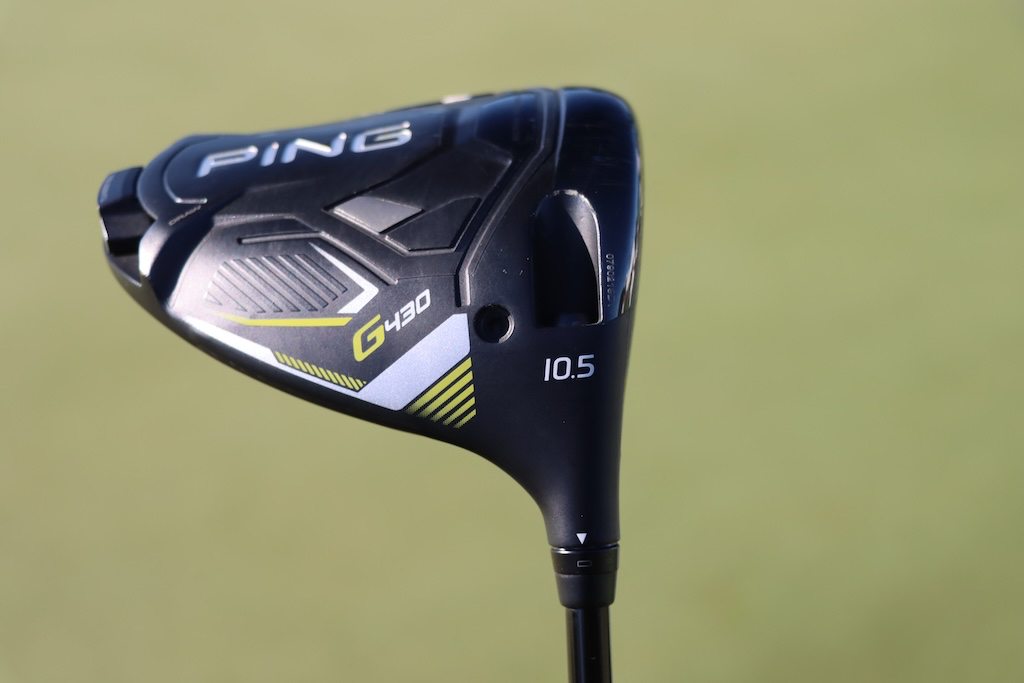
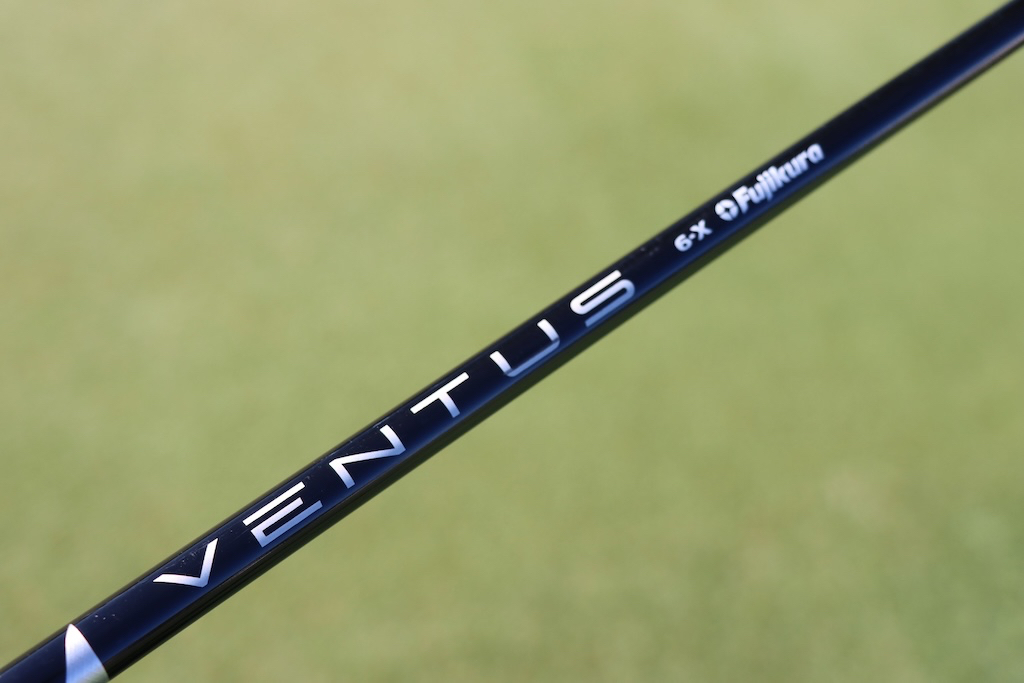
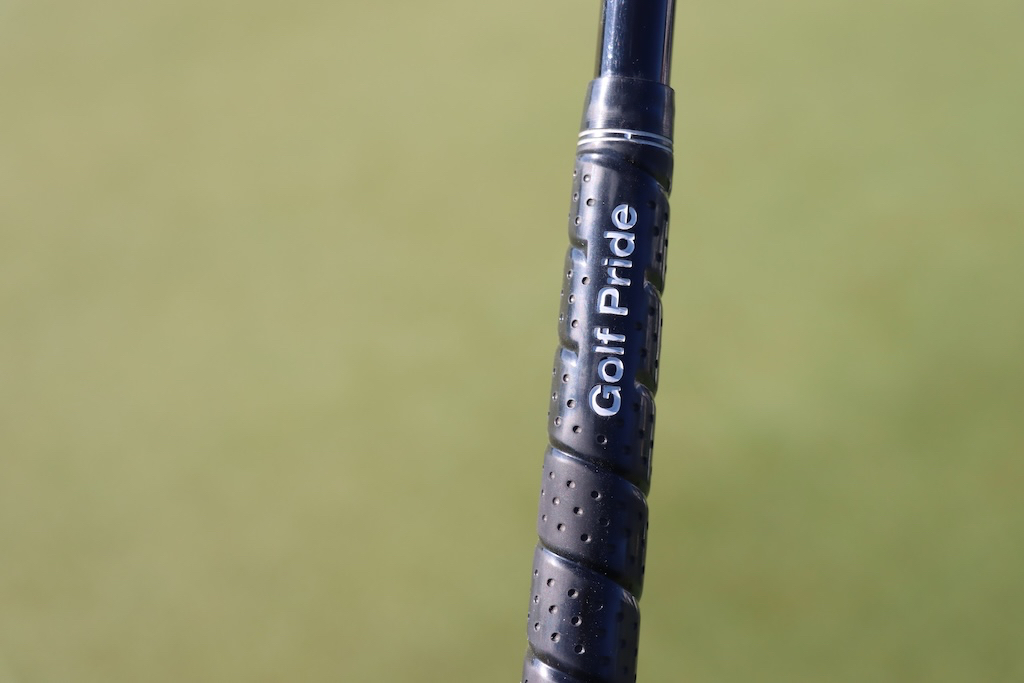
Rasmus Hojgaard
Driver: Callaway Paradym Ai Smoke Triple Diamond (10.5 degrees)
Shaft: Mitsubishi Tensei 1K Blue 60 TX
Grip: Golf Pride MCC
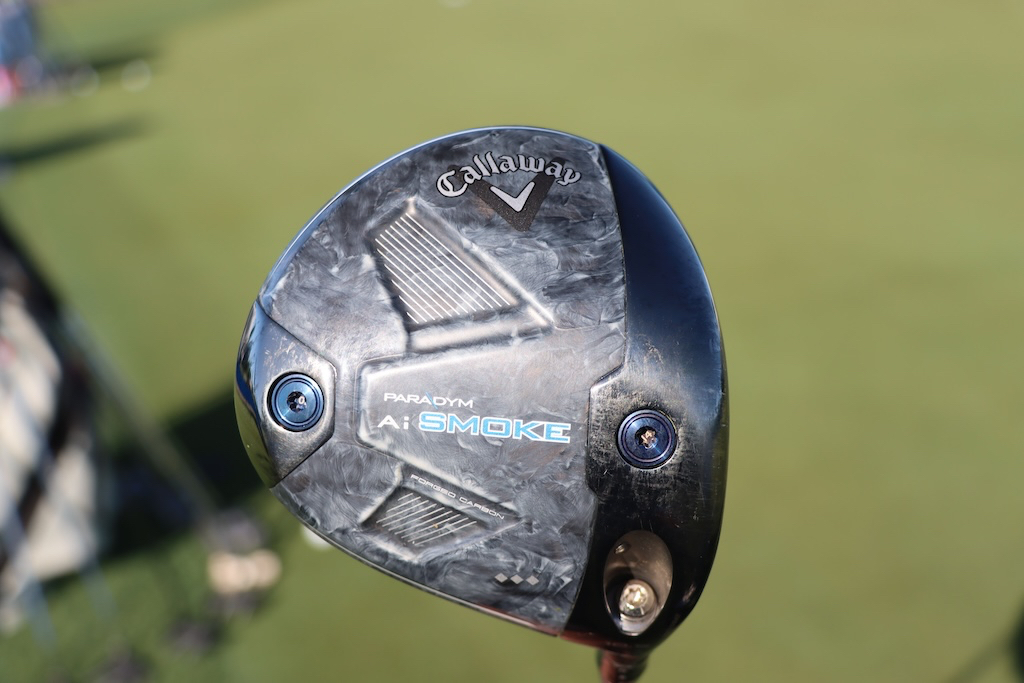
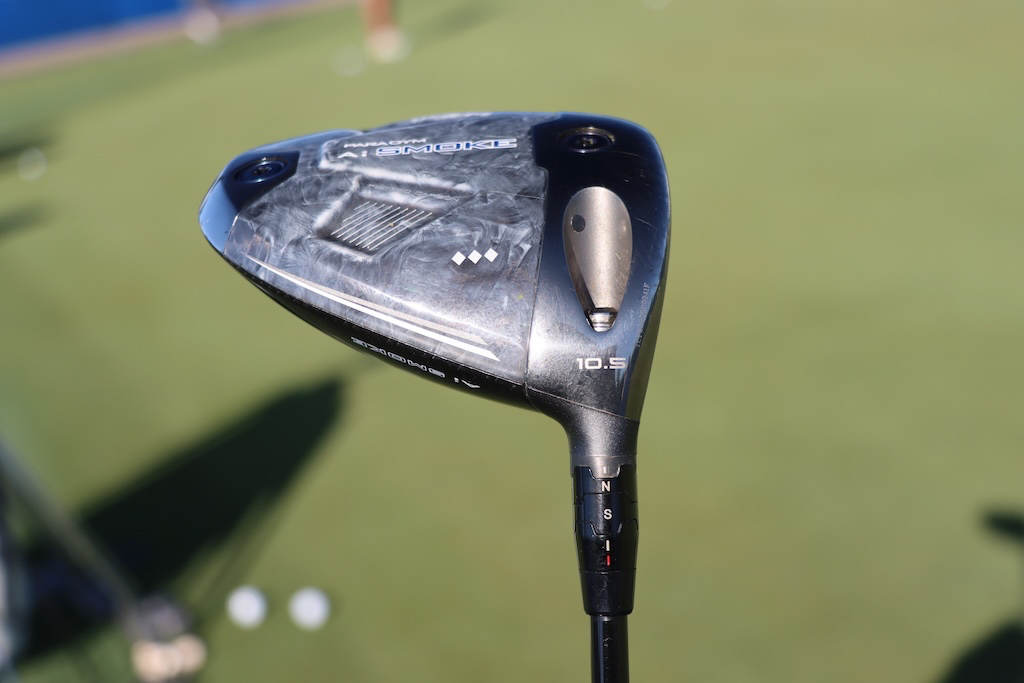
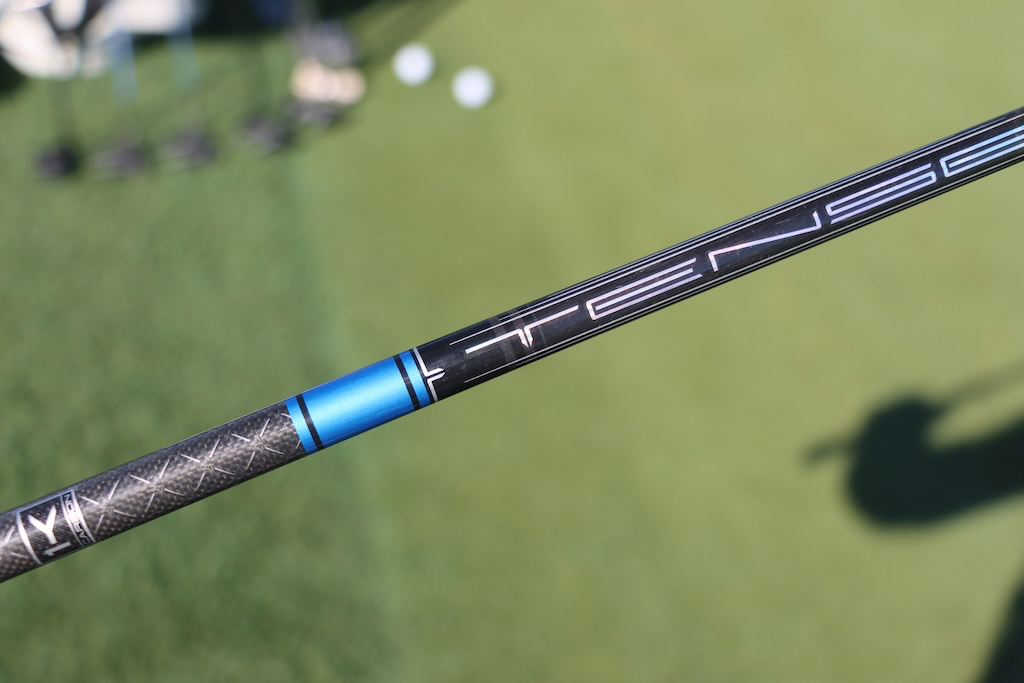
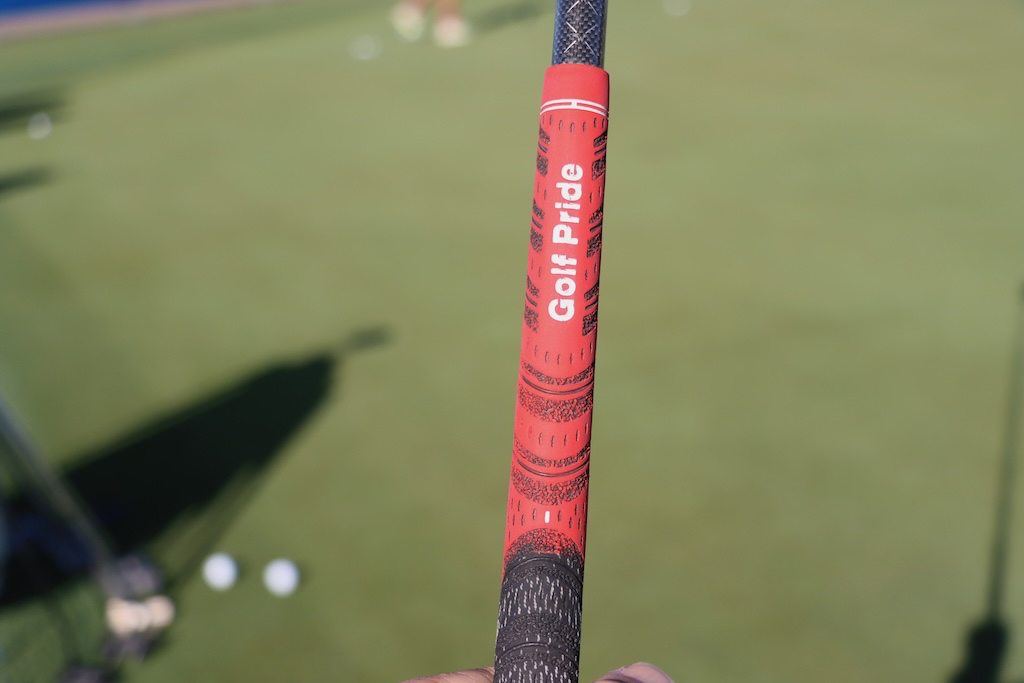
Alejandro Tosti
Driver: Srixon ZX5 Mk II LS (9.5 degrees @10.5)
Shaft: Project X HZRDUS T1100 75 6.5
Grip: Golf Pride MCC Plus4
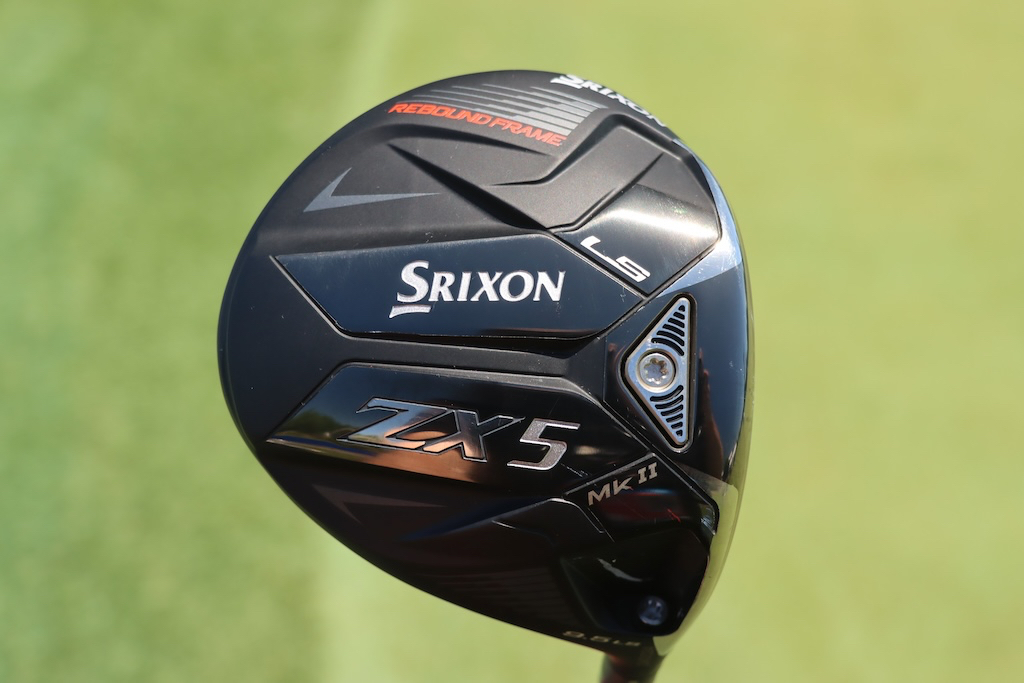

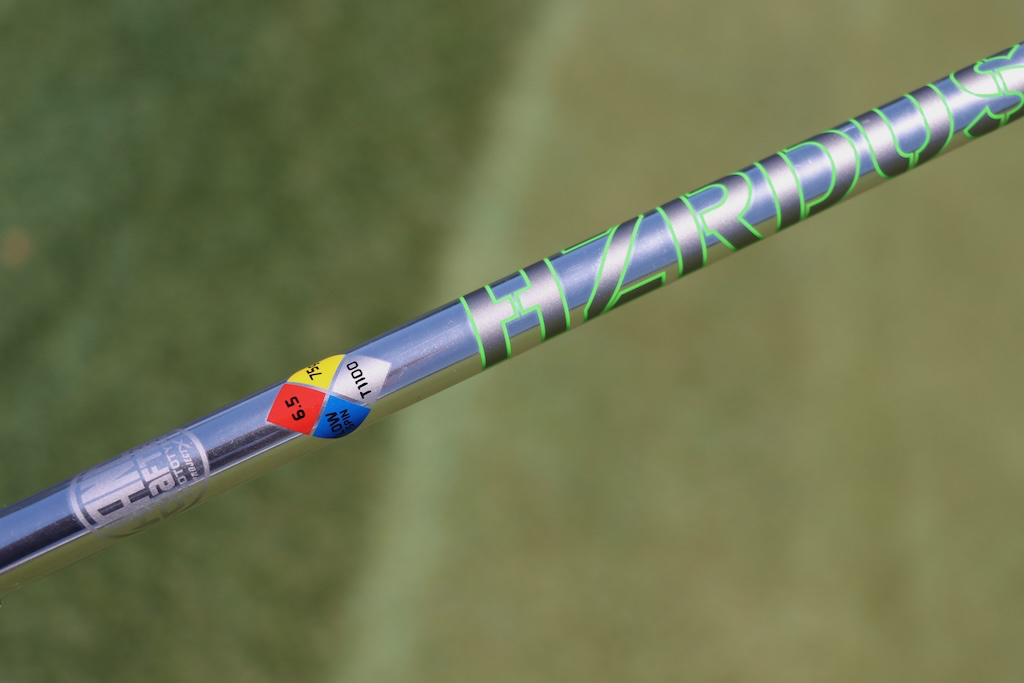

James Nicholas
Driver: Titleist TSR3 (8 degrees, A1 SureFit setting)
Shaft: Fujikura Ventus TR Blue 7 X
Grip: Golf Pride Tour Velvet
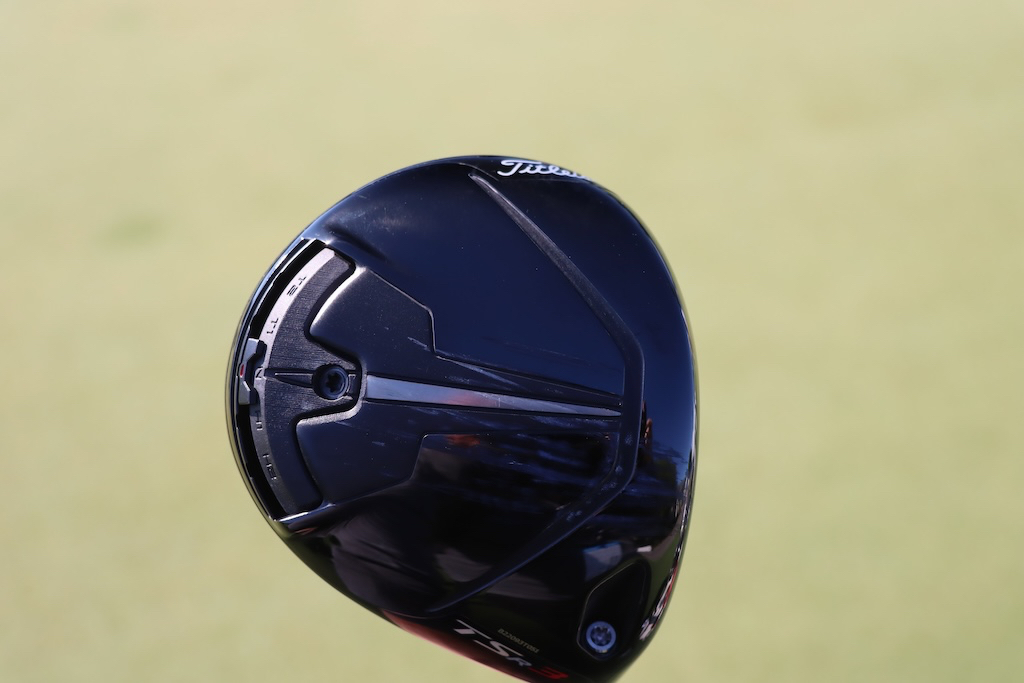

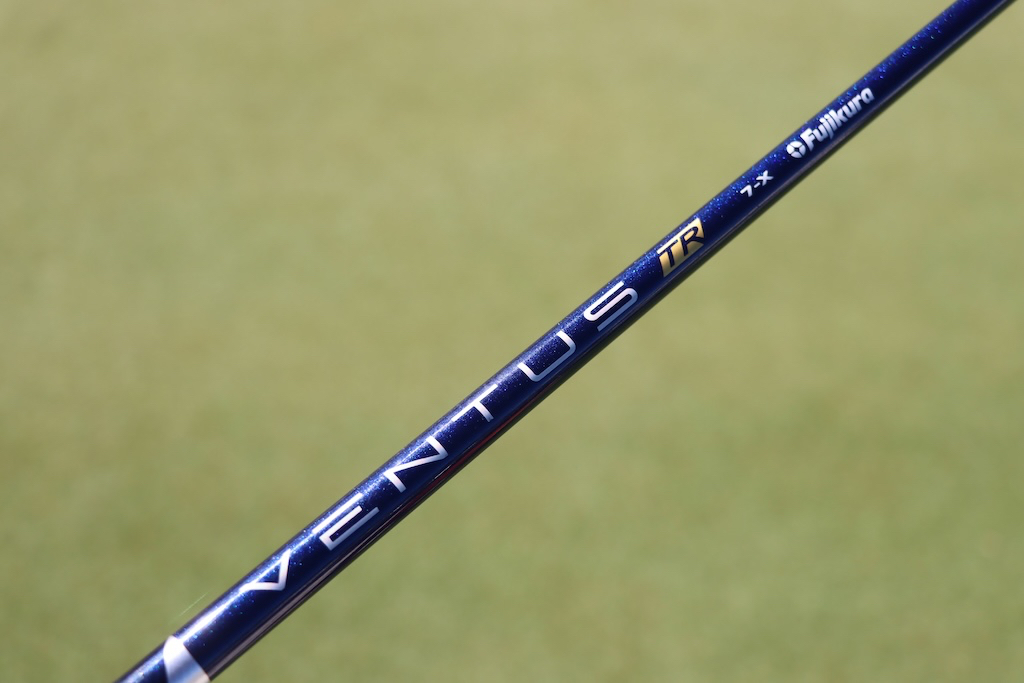

Kevin Streelman
Driver: Titleist TSR3 (10 degrees, D1 SureFit setting)
Shaft: Fujikura Ventus TR Black 6 X
Grip: Golf Pride Tour Velvet
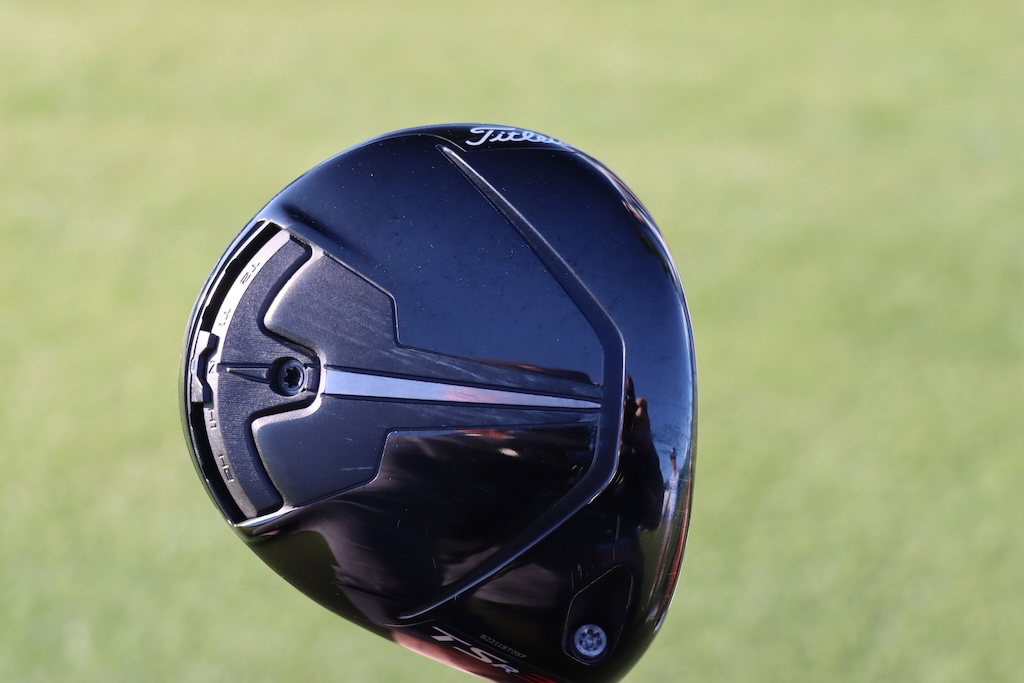



Sang-moon Bae
Driver: Callaway Paradym Triple Diamond (9+ @8)
Shaft: Fujikura Ventus Blue 6 X
Grip: Golf Pride Tour Velvet
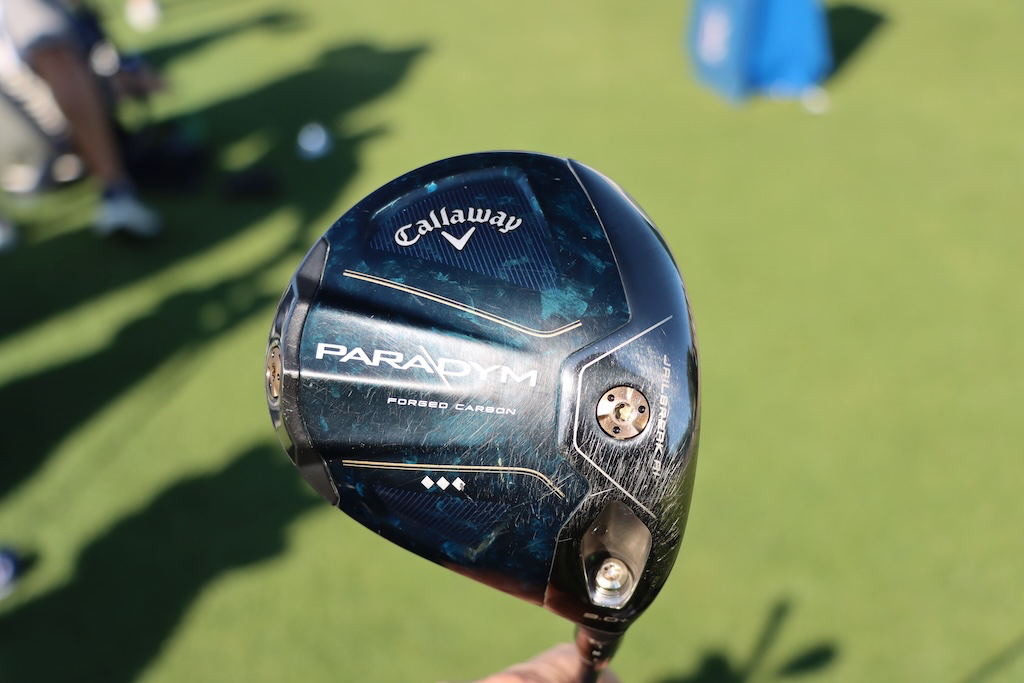
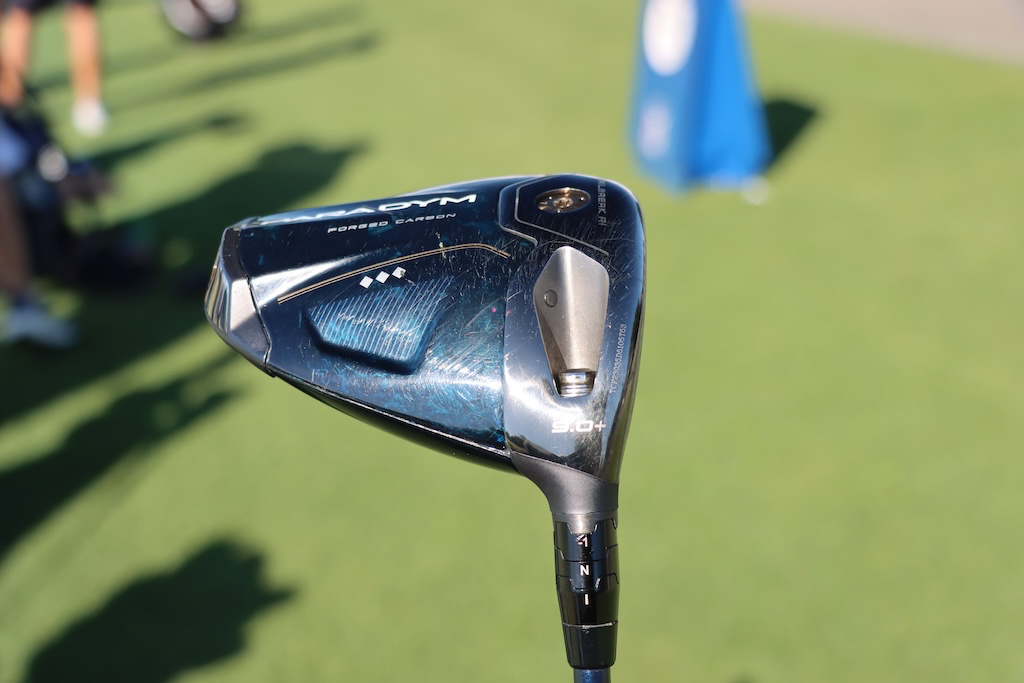
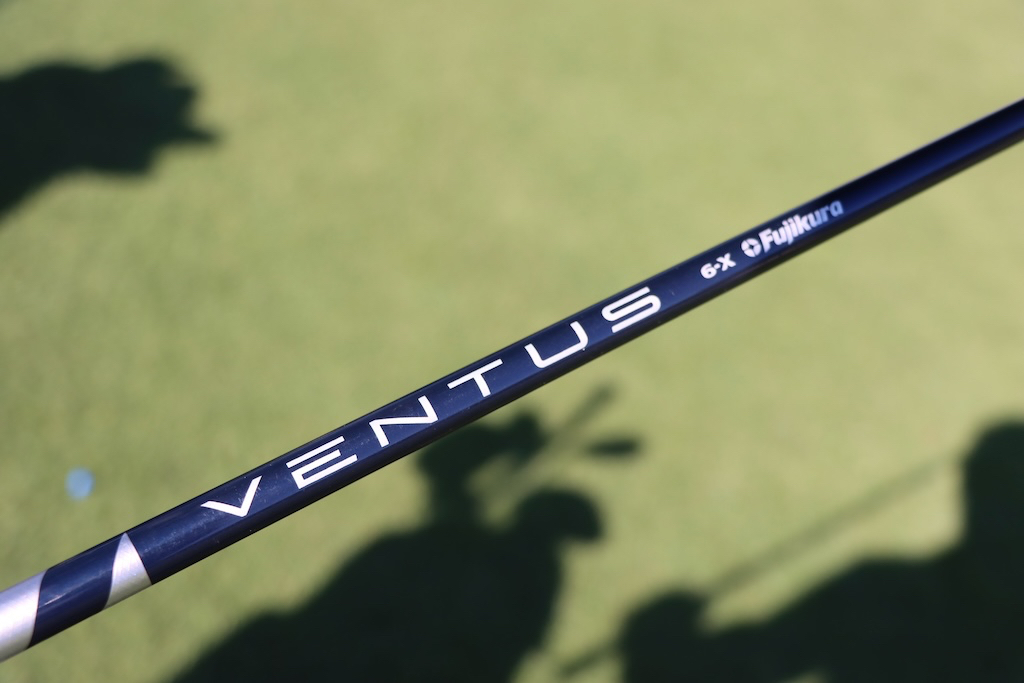
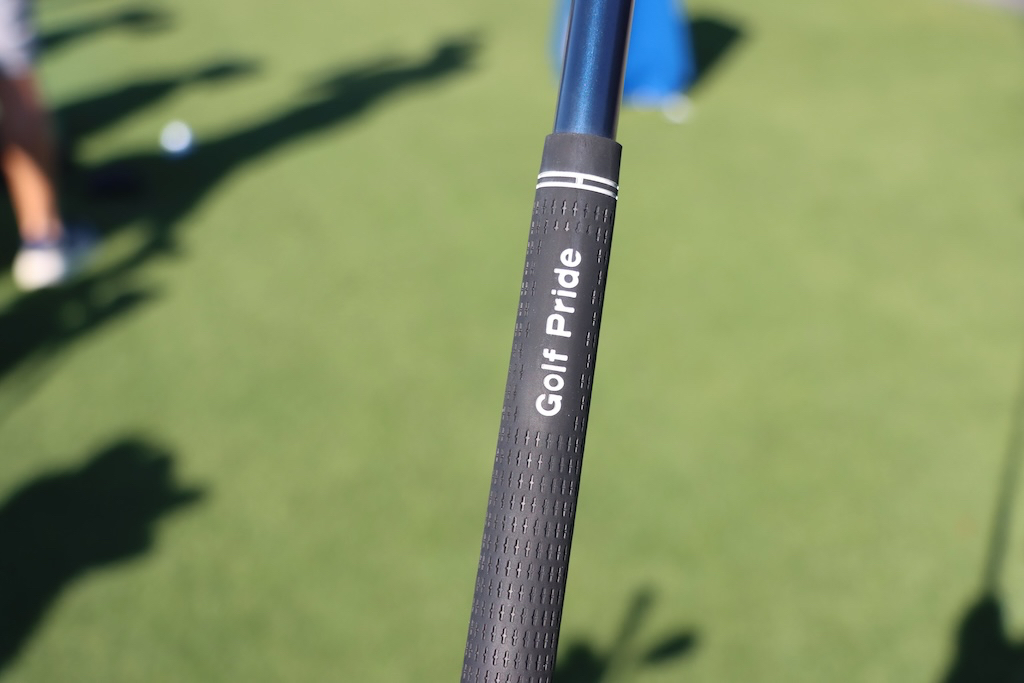
Russ Cochran
Driver: Callaway Paradym Ai Smoke (9 degrees)
Shaft: Graphite Design Tour AD TP 6 X
Grip: Golf pride MCC Align 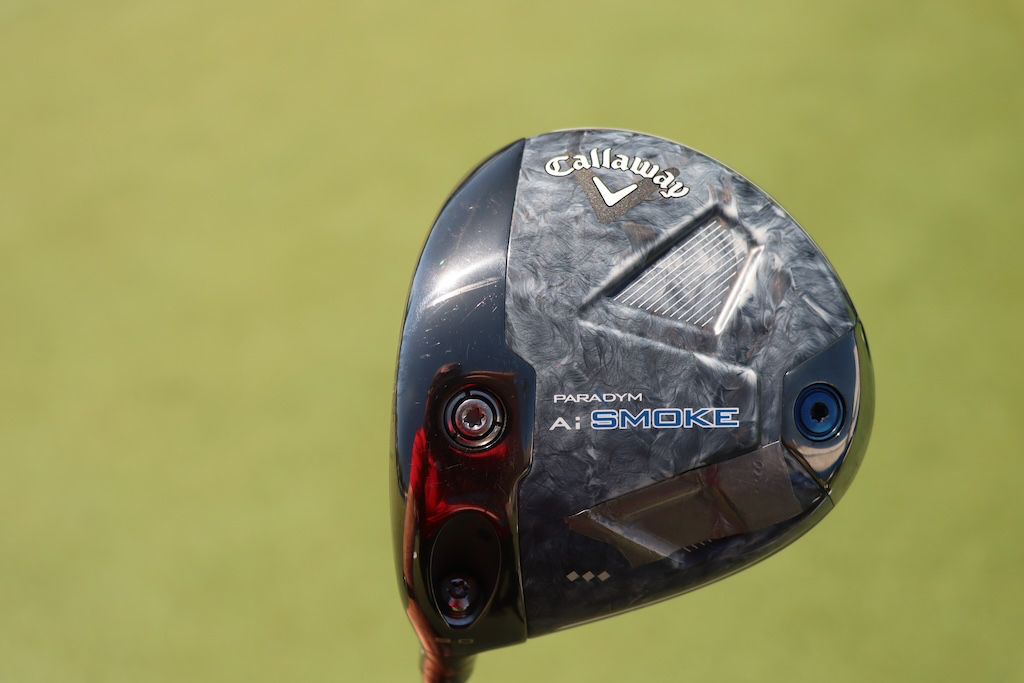
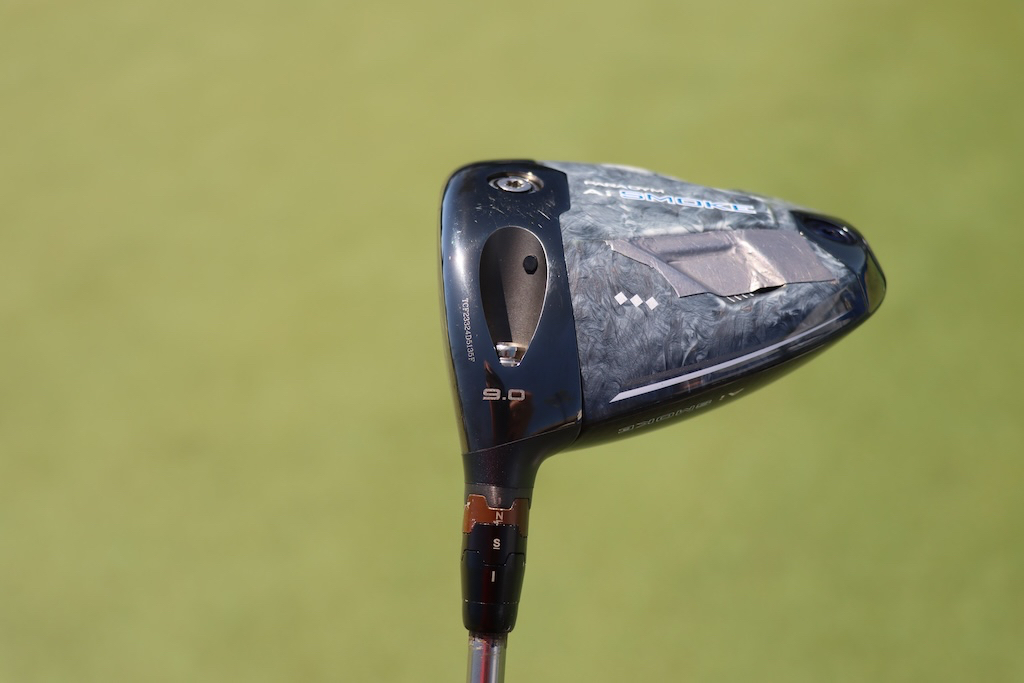

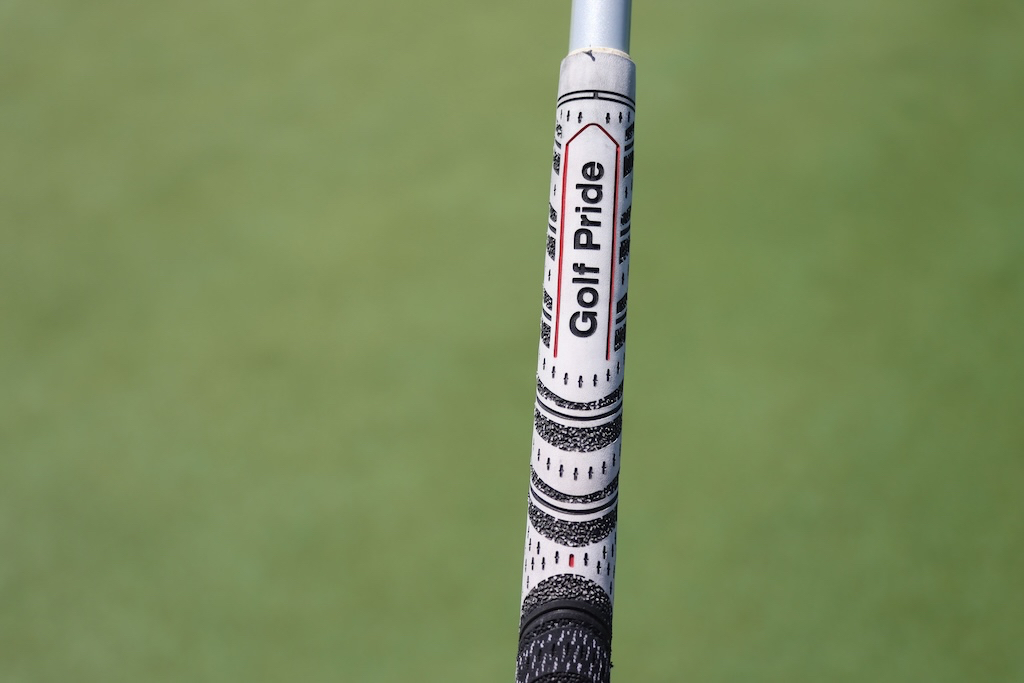
MJ Daffue
Driver: Callaway Paradym Ai Smoke Max (10.5 degrees @9.5)
Shaft: Project X HZRDUS Smoke Green RDX 65 TX
Grip: Golf Pride ZGrip Cord Align
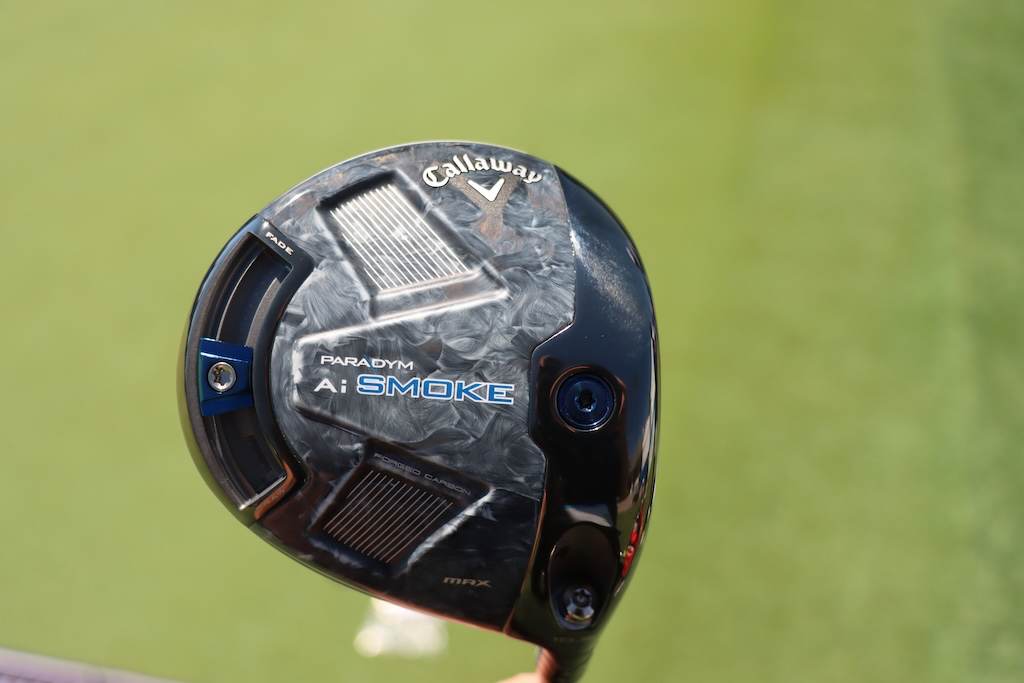

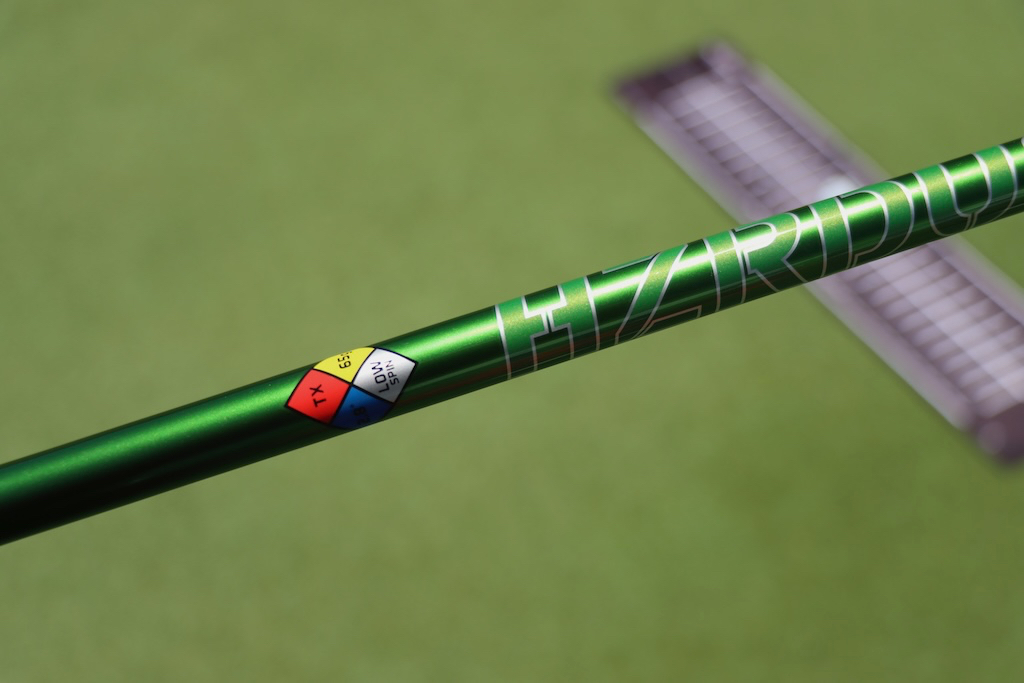
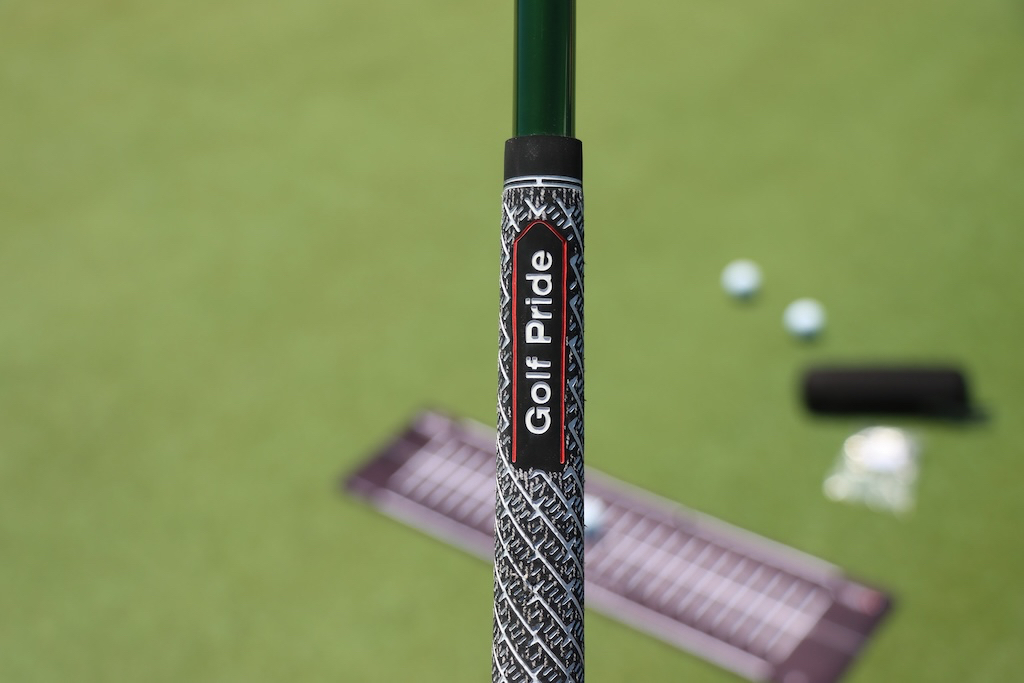
Check our more photos from the Zurich Classic here.
- LIKE1
- LEGIT0
- WOW0
- LOL0
- IDHT0
- FLOP0
- OB0
- SHANK1
Whats in the Bag
Rasmus Højgaard WITB 2024 (April)
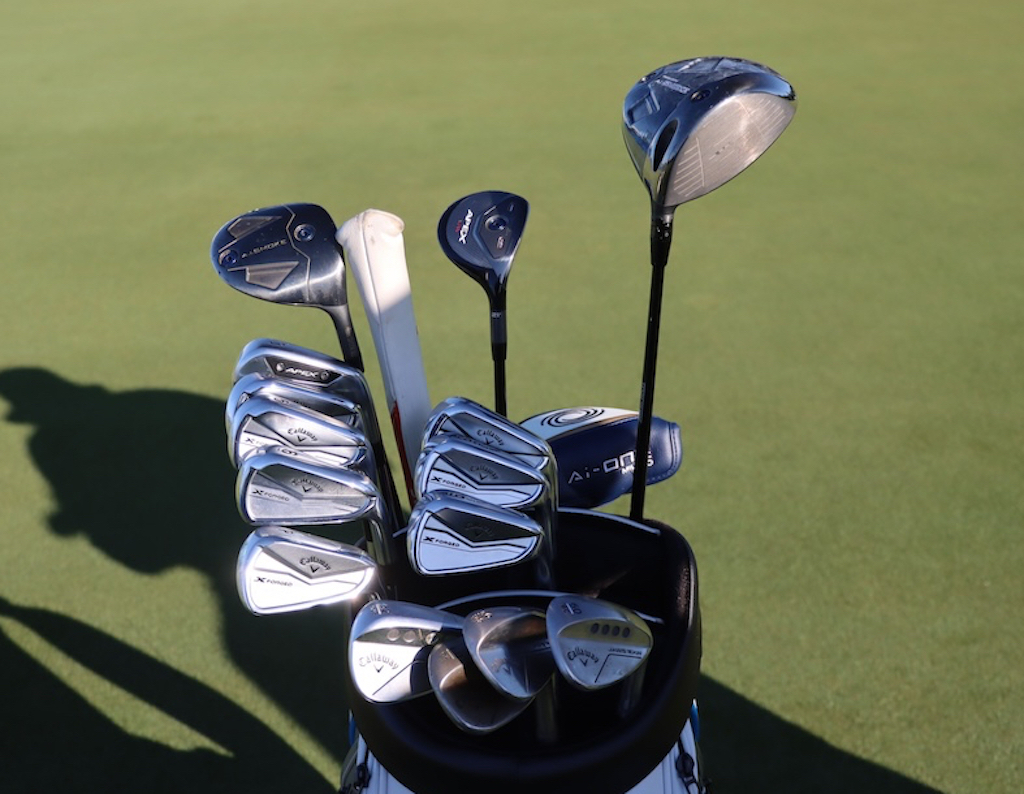
- Rasmus Højgaard what’s in the bag accurate as of the Zurich Classic.
Driver: Callaway Ai Smoke Triple Diamond (10.5 degrees)
Shaft: Mitsubishi Tensei 1K Blue 60 TX
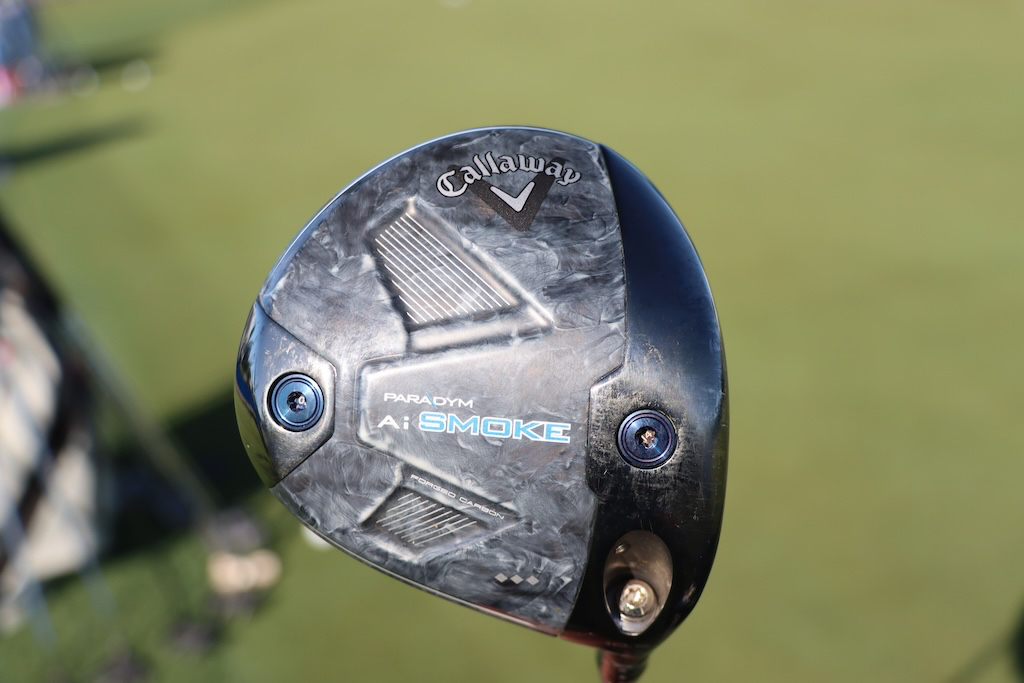
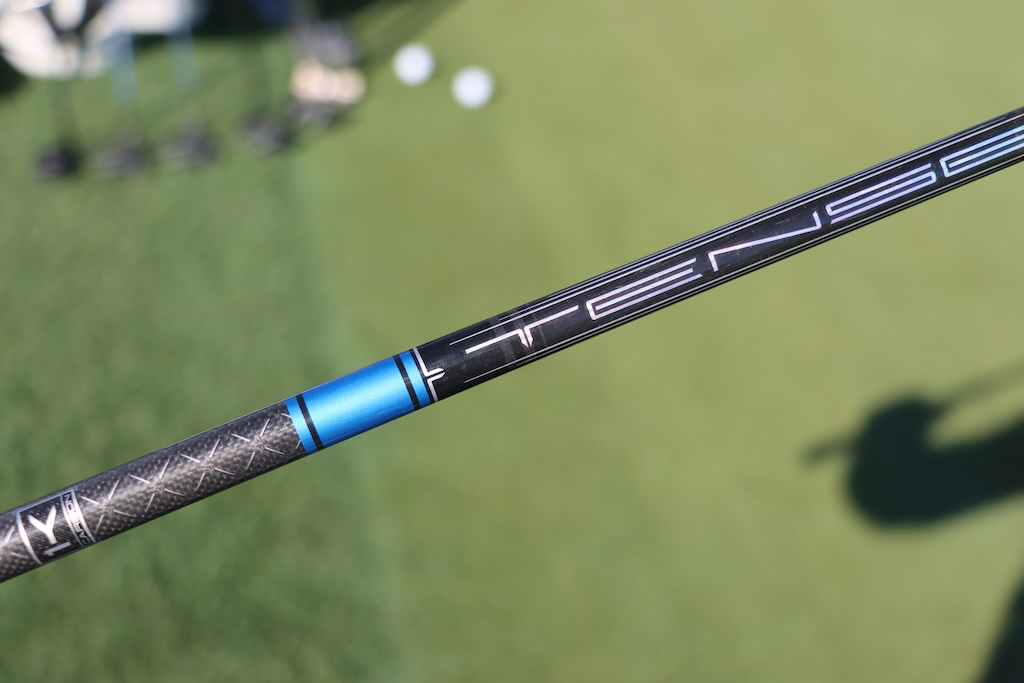
3-wood: Callaway Ai Smoke Triple Diamond Prototype (16.5 degrees)
Shaft: Mitsubishi Tensei 1K White 80 TX
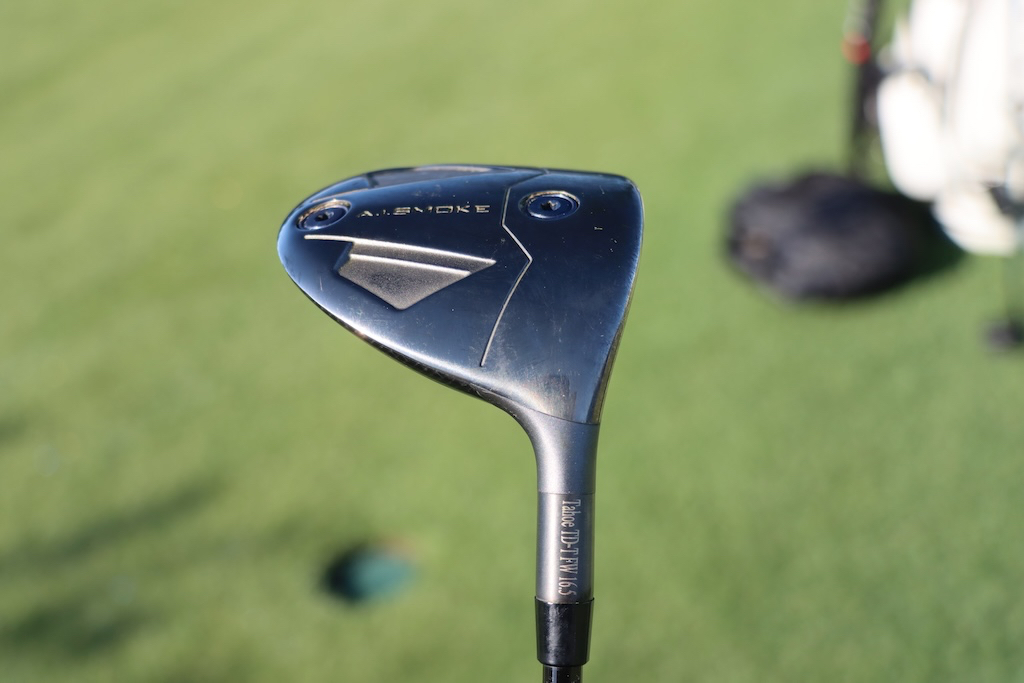
Utility: Callaway Apex UW (21 degrees)
Shaft: Mitsubishi Tensei AV Raw White 85 TX
Irons: Callaway Apex Pro (3), Callaway X Forged (4-PW)
Shafts: KBS $-Taper 130
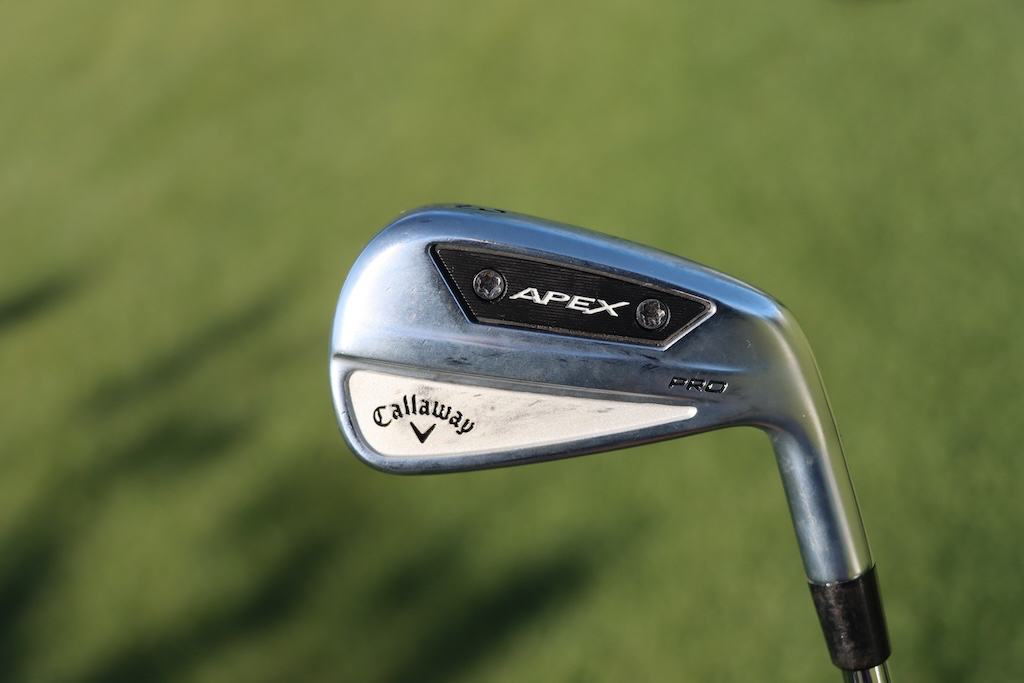
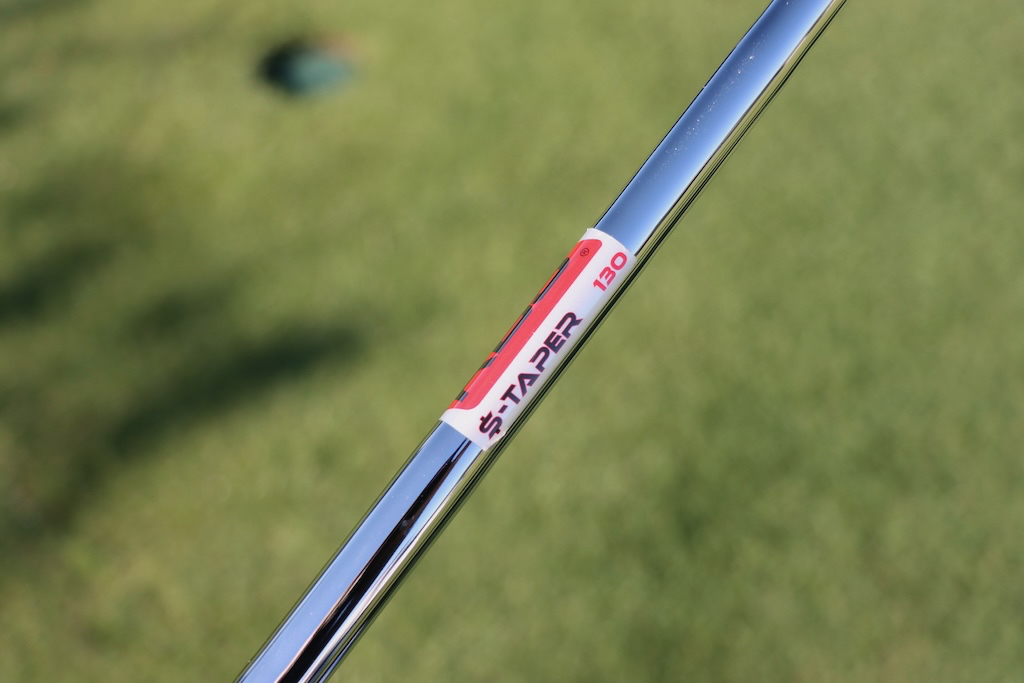
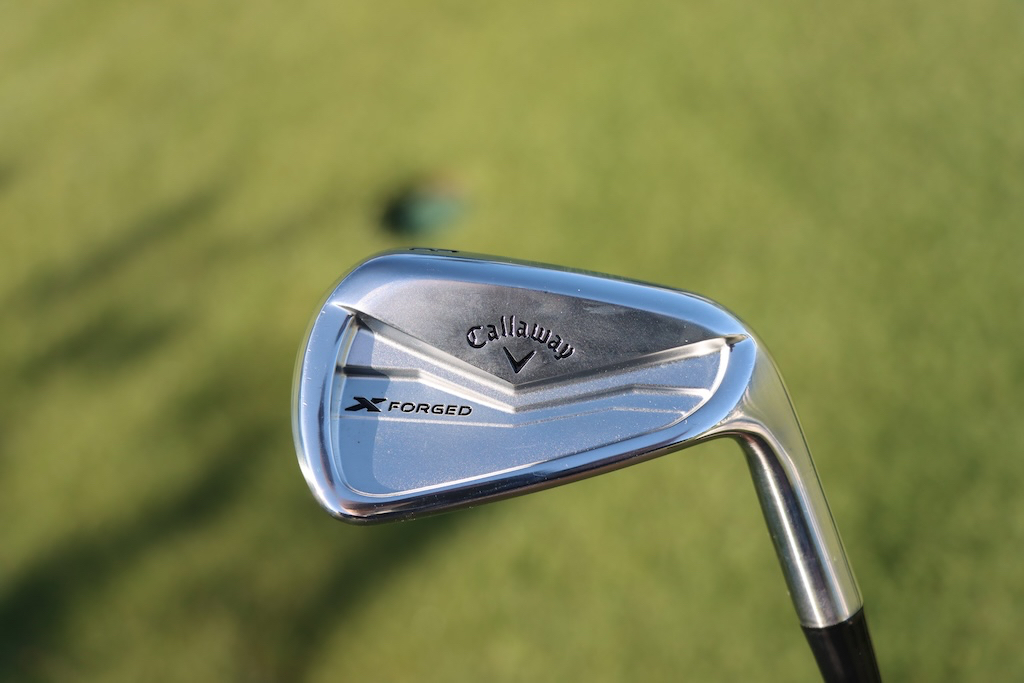
Wedges: Callaway Jaws Raw (52-10S, 56-10S, 60-06C)
Shafts: KBS Tour 130 X
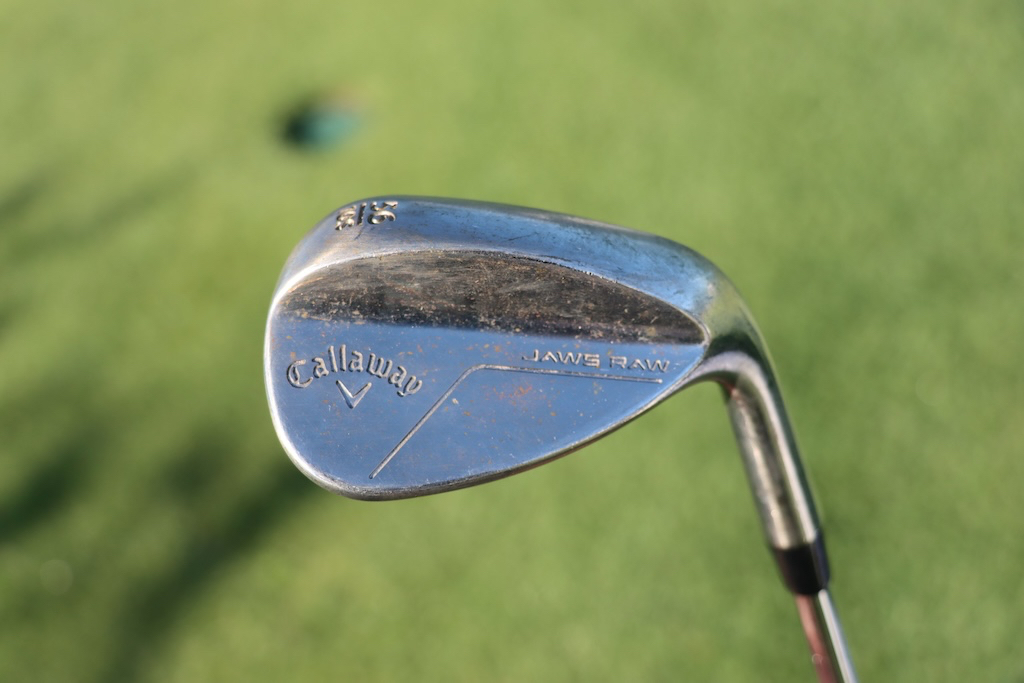
Putter: Odyssey Ai One Milled Eight T DB
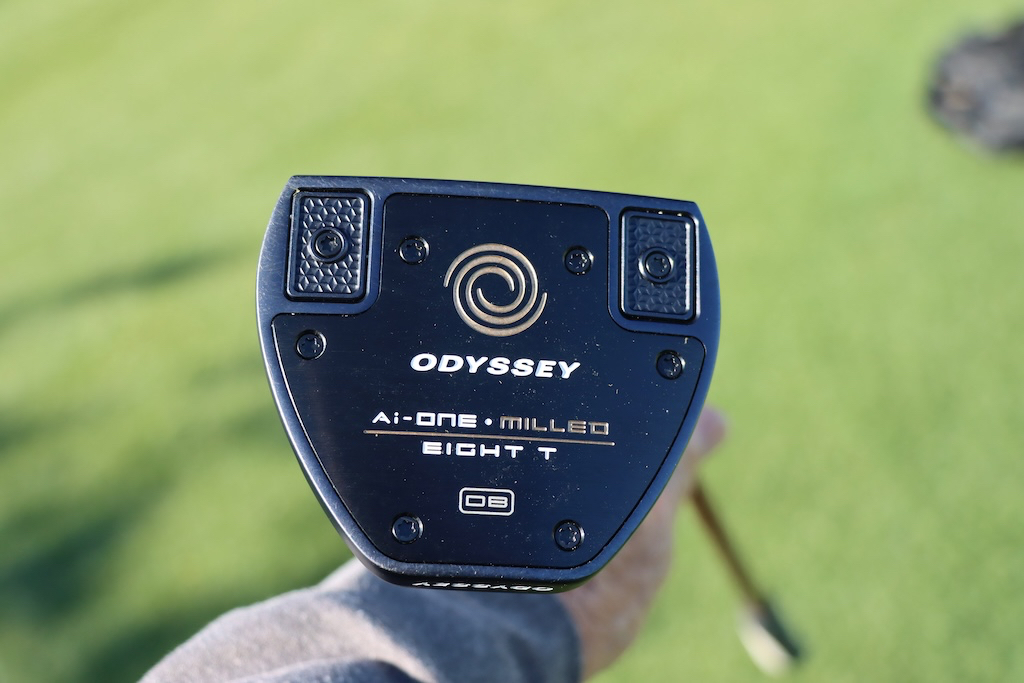
Grips: Golf Pride MCC
Check out more in-hand photos of Hojgaard in the forums.
- LIKE3
- LEGIT1
- WOW1
- LOL0
- IDHT0
- FLOP0
- OB0
- SHANK0
-

 19th Hole2 weeks ago
19th Hole2 weeks agoDave Portnoy places monstrous outright bet for the 2024 Masters
-

 19th Hole3 days ago
19th Hole3 days agoJustin Thomas on the equipment choice of Scottie Scheffler that he thinks is ‘weird’
-

 19th Hole2 weeks ago
19th Hole2 weeks agoTiger Woods arrives at 2024 Masters equipped with a putter that may surprise you
-

 19th Hole2 days ago
19th Hole2 days ago‘Absolutely crazy’ – Major champ lays into Patrick Cantlay over his decision on final hole of RBC Heritage
-

 19th Hole3 weeks ago
19th Hole3 weeks agoReport: Tiger Woods has ‘eliminated sex’ in preparation for the 2024 Masters
-

 19th Hole1 week ago
19th Hole1 week agoTwo star names reportedly blanked Jon Rahm all week at the Masters
-

 19th Hole1 week ago
19th Hole1 week agoReport: LIV Golf identifies latest star name they hope to sign to breakaway tour
-

 19th Hole1 week ago
19th Hole1 week agoNeal Shipley presser ends in awkward fashion after reporter claims Tiger handed him note on 8th fairway

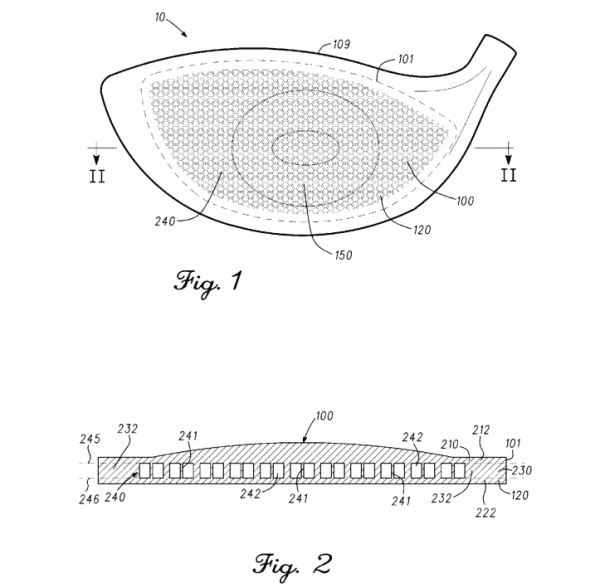
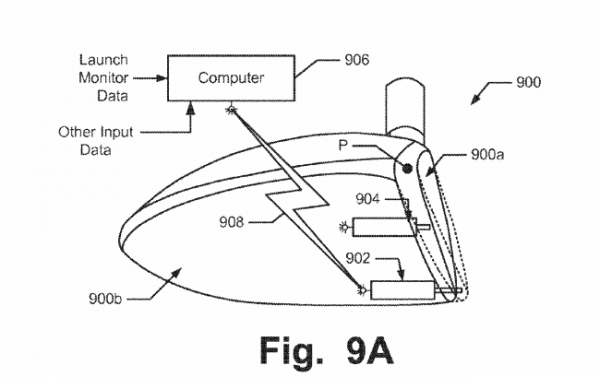
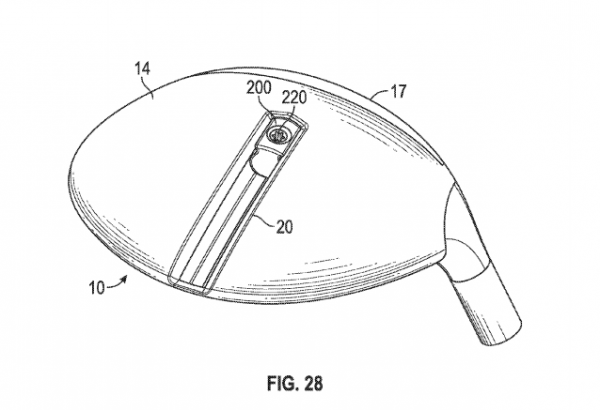


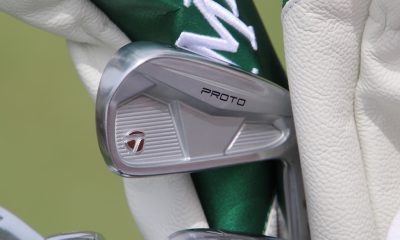

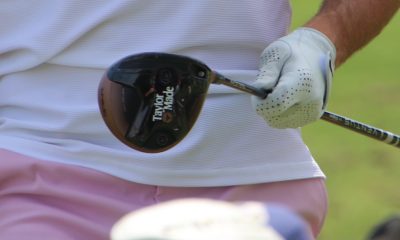

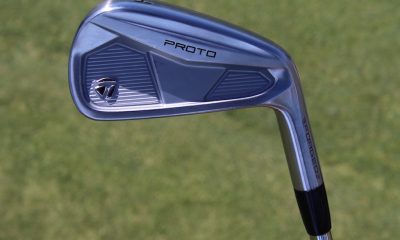

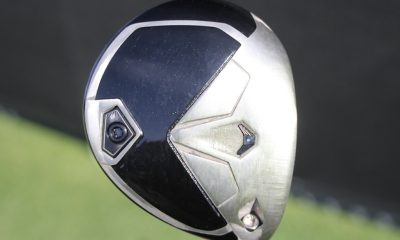



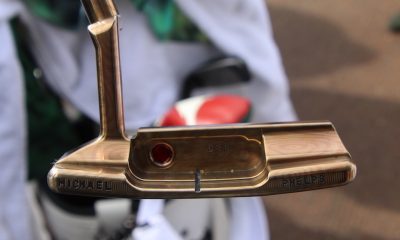





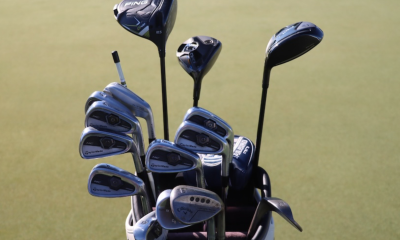

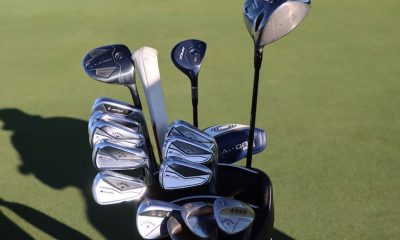

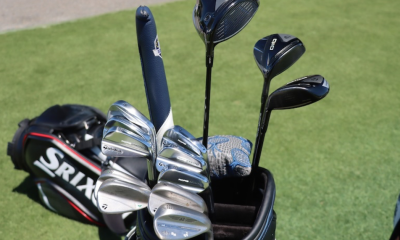

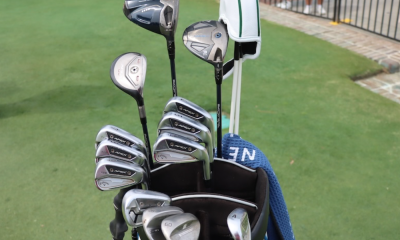

SPSM
Jun 5, 2014 at 1:22 pm
Somebody please stop Nike.
Tom
Jun 6, 2014 at 1:01 am
USGA to the rescue!
Mike
Jun 5, 2014 at 8:48 am
Golfer: “@#$%^, it’s starting to rain. Quick, find a microwave and zap these Nikes. You know I’m going to lose spin off these wet clubfaces.”
Caddy: “Uh, why don’t you just land it a couple of yards shorter?”
RG
Jun 4, 2014 at 6:12 pm
Bet those Nike balls will be hot…
Fred
Jun 4, 2014 at 4:57 pm
I bet those new Nike balls come in a mesh pouch with a string and a paper tag. “Try the all-new Nike Tee Bag!” the ad will say, and a million dudes will adjust their junk absentmindedly.
RAT
Jun 4, 2014 at 4:36 pm
I have already tried the cooking of the RZN ball and no doubt this was the idea from Nike all along when they designed the ball..But not sooo fast ,it’s much harder to do than you think..You over cook it and the cover melts, under cook it and it dumbs the ball won’t travel well flys like a dying quail!! They should drop this idea because everyone will try it even in tourny’s..Must be a way to id these better yet don’t make them..
LorenRobertsFan
Jun 4, 2014 at 3:54 pm
Hey Nike, did you forget about the flop Odyssey had? Flip Face.. But this will probably do better if it comes to market. The open area in the middle of the Odyssey putters looked ugly. This appears more seamless
Double Mocha Man
Jun 4, 2014 at 3:42 pm
I think Nike’s idea is pretty tacky.
paul
Jun 4, 2014 at 2:14 pm
I like callaways idea the most. I love the big bertha, and love the sldr. So lets put em together.
Richard L Cox III
Jun 4, 2014 at 12:43 pm
talk about “straight out of The Oven.”
(ba-dum-cha)
tim
Jun 4, 2014 at 12:35 pm
I can just picture Nike’s campaign, “Microwave Technology”.
TJ
Jun 5, 2014 at 10:25 am
Nike The Oven
Nike The Microwave
Nike The Barbecue?
This stuff writes itself
Danny
Jun 4, 2014 at 12:19 pm
Lol Nike tries way too hard to be noticed